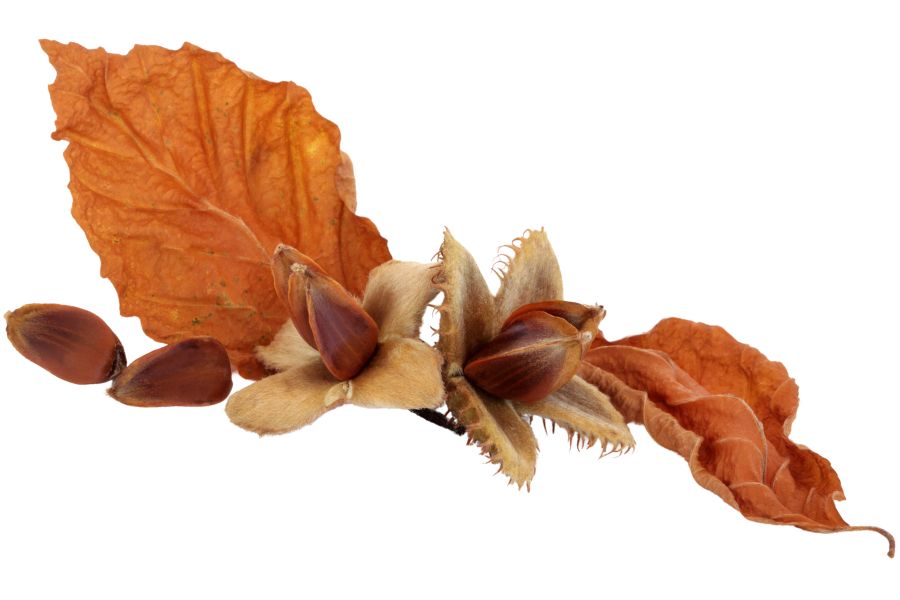Many of New Hampshire’s edible plants are ones people walk past without a second glance. Wild strawberries grow low and are easy to miss, but their small fruit carries a concentrated burst of flavor. Cattails, which most people associate with wetlands, have several edible parts throughout the year that are surprisingly versatile.
While some edible plants are seasonal treats, others can be harvested in various forms depending on the time of year. Dandelions are one of the most familiar, and every part—from root to flower—has some kind of use in the kitchen. Sugar maple sap, on the other hand, offers just one clear reward, but it’s a memorable one.
This is just the beginning of what New Hampshire’s landscape has to offer. There are far more edible plants than most people realize, and learning how to recognize them opens up a world of possibilities. If you know what to keep an eye out for, you’ll be surprised at how much variety you can bring home.
What We Cover In This Article:
- The Edible Plants Found in the State
- Toxic Plants That Look Like Edible Plants
- How to Get the Best Results Foraging
- Where to Find Forageables in the State
- Peak Foraging Seasons
- The extensive local experience and understanding of our team
- Input from multiple local foragers and foraging groups
- The accessibility of the various locations
- Safety and potential hazards when collecting
- Private and public locations
- A desire to include locations for both experienced foragers and those who are just starting out
Using these weights we think we’ve put together the best list out there for just about any forager to be successful!
A Quick Reminder
Before we get into the specifics about where and how to find these plants and mushrooms, we want to be clear that before ingesting any wild plant or mushroom, it should be identified with 100% certainty as edible by someone qualified and experienced in mushroom and plant identification, such as a professional mycologist or an expert forager. Misidentification can lead to serious illness or death.
All plants and mushrooms have the potential to cause severe adverse reactions in certain individuals, even death. If you are consuming wild foragables, it is crucial to cook them thoroughly and properly and only eat a small portion to test for personal tolerance. Some people may have allergies or sensitivities to specific mushrooms and plants, even if they are considered safe for others.
The information provided in this article is for general informational and educational purposes only. Foraging involves inherent risks.
The Edible Plants Found in the State
Wild plants found across the state can add fresh, seasonal ingredients to your meals:
Sugar Maple (Acer saccharum)
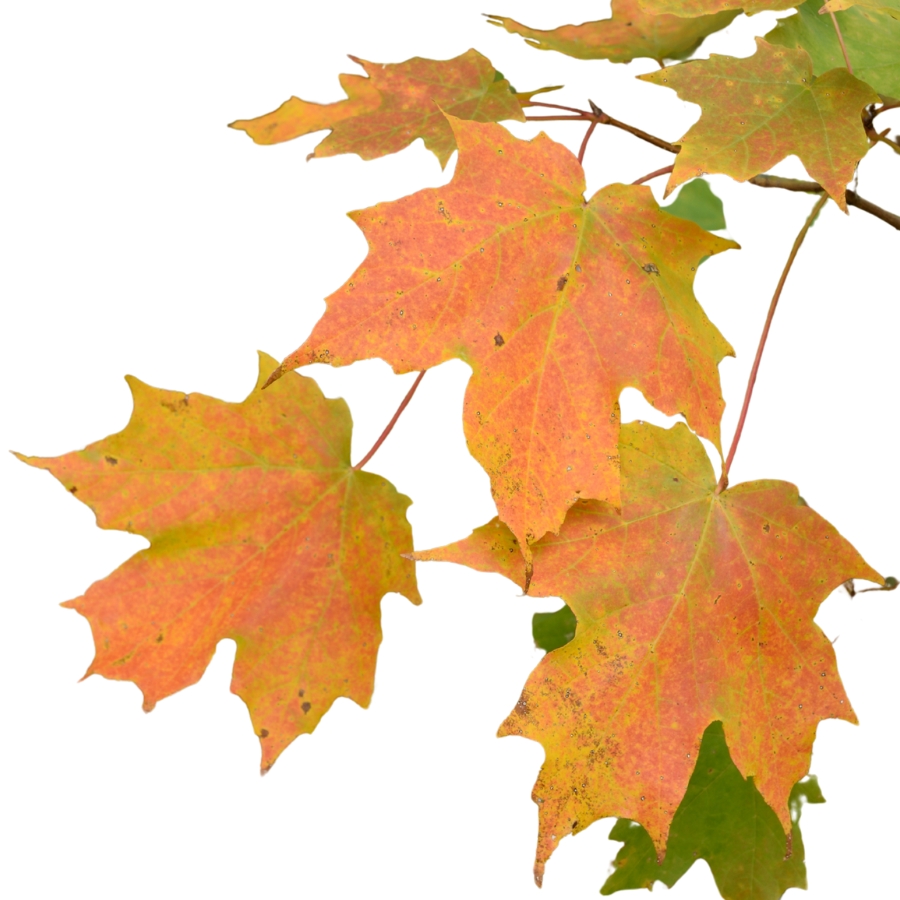
The sap of the sugar maple can be boiled down into a rich, sweet syrup with a deep amber flavor and smooth consistency. You’re tasting a high concentration of natural sugars, with a slightly woody edge that sets it apart from refined sweeteners.
The leaves have five lobes with smooth U-shaped sinuses, unlike the jagged lobes of red maple or the deeply divided leaves of silver maple. Leaf shape is the easiest way to avoid confusing it with lookalikes that don’t produce useful sap.
You can chew raw sap straight from a broken twig, but it’s usually collected and reduced over heat to make syrup or sugar. People also tap it to drink the watery sap directly for a refreshing, subtly sweet treat.
Bark on mature trees turns deeply furrowed and gray-brown, while younger ones are smoother. Don’t consume any other parts of the tree—leaves, seeds, and bark aren’t harmful but they aren’t palatable either.
Wild Leek / Ramp (Allium tricoccum)
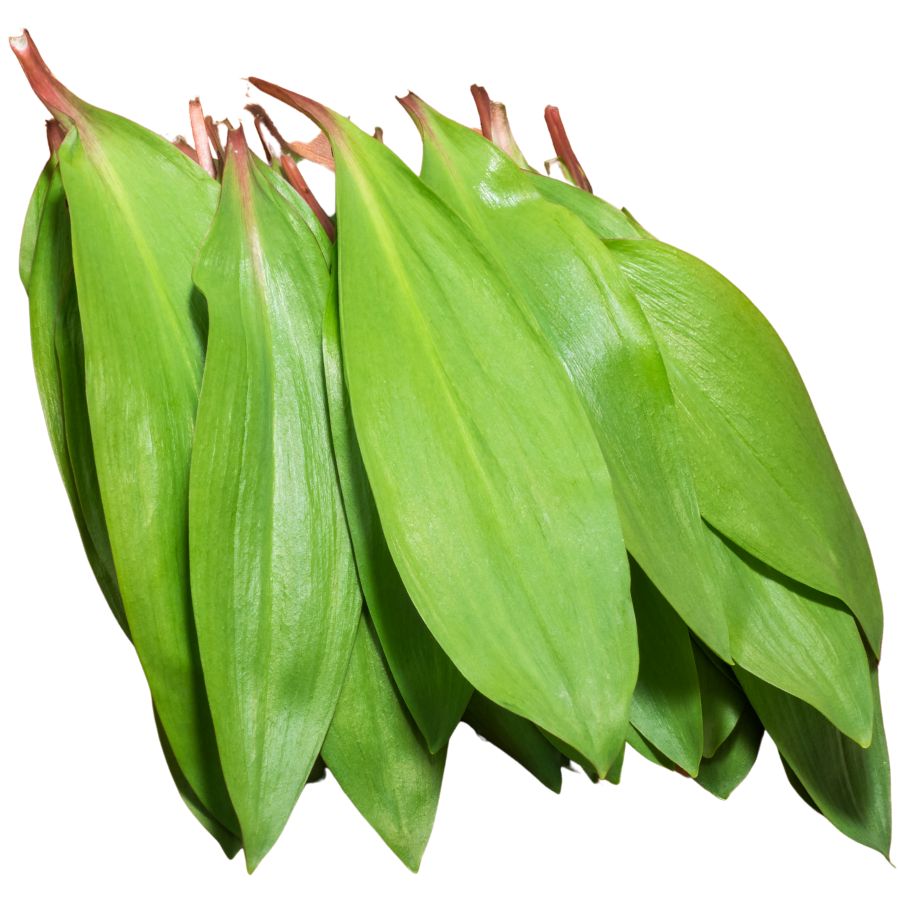
Known as wild leek, ramp, or ramson, this flavorful plant is famous for its broad green leaves and slender white stems. It grows low to the ground and gives off a strong onion-like scent when bruised, which can help you tell it apart from toxic lookalikes like lily of the valley.
If you give it a taste, you will notice a bold mix of onion and garlic flavors, with a tender texture that softens even more when cooked. People often sauté the leaves and stems, pickle the bulbs, or blend them into pestos and soups.
The entire plant can be used for cooking, but the leaves and bulbs are the most prized parts. It is important not to confuse it with similar-looking plants that do not have the signature onion smell when crushed.
Wild leek populations have declined in some areas because of overharvesting, so it is a good idea to only take a few from any given patch. When harvested thoughtfully, these vibrant greens can add a punch of flavor to just about anything you make.
Lamb’s Quarters (Chenopodium album)
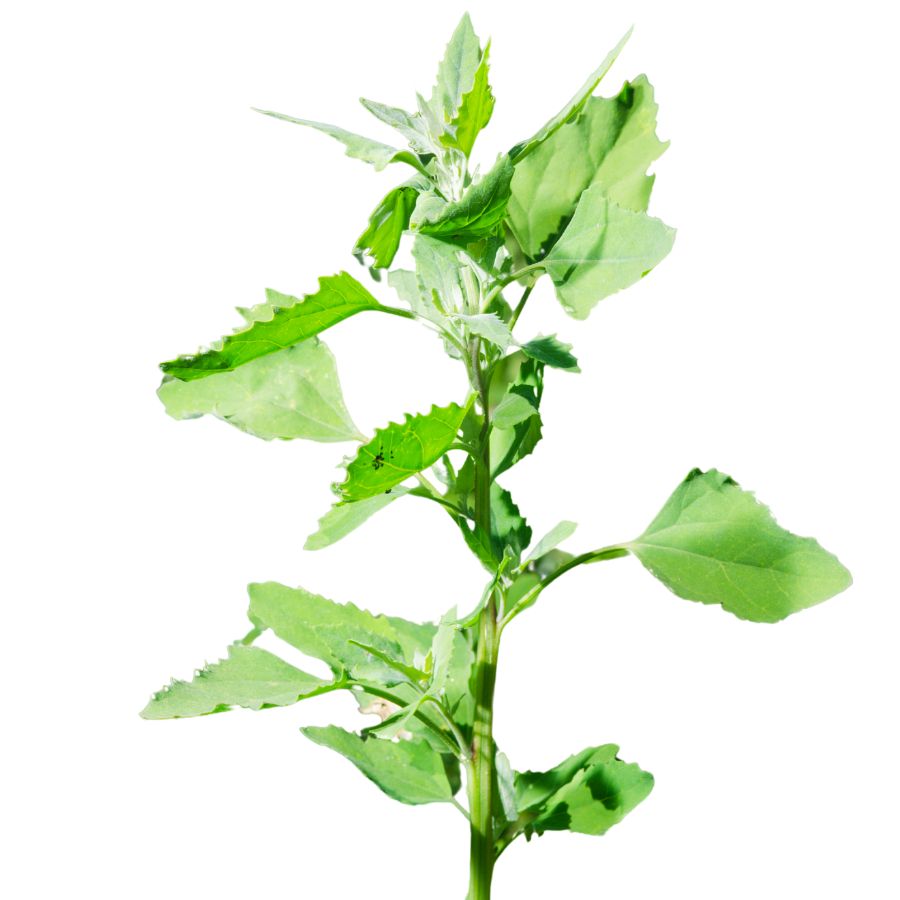
Lamb’s quarters, also called wild spinach and pigweed, has soft green leaves that often look dusted with a white, powdery coating. The leaves are shaped a little like goose feet, with slightly jagged edges and a smooth underside that feels almost velvety when you touch it.
A few plants can be confused with lamb’s quarters, like some types of nightshade, but true lamb’s quarters never have berries and its leaves are usually coated in that distinctive white bloom. Always check that the stems are grooved and not round and smooth like the poisonous lookalikes.
When you taste lamb’s quarters, you will notice it has a mild, slightly nutty flavor that gets richer when cooked. The young leaves, tender stems, and even the seeds are all edible, but you should avoid eating the older stems because they become tough and stringy.
People often sauté lamb’s quarters like spinach, blend it into smoothies, or dry the leaves for later use in soups and stews. It is also rich in oxalates, so you will want to cook it before eating large amounts to avoid any problems.
Milkweed (Asclepias syriaca)
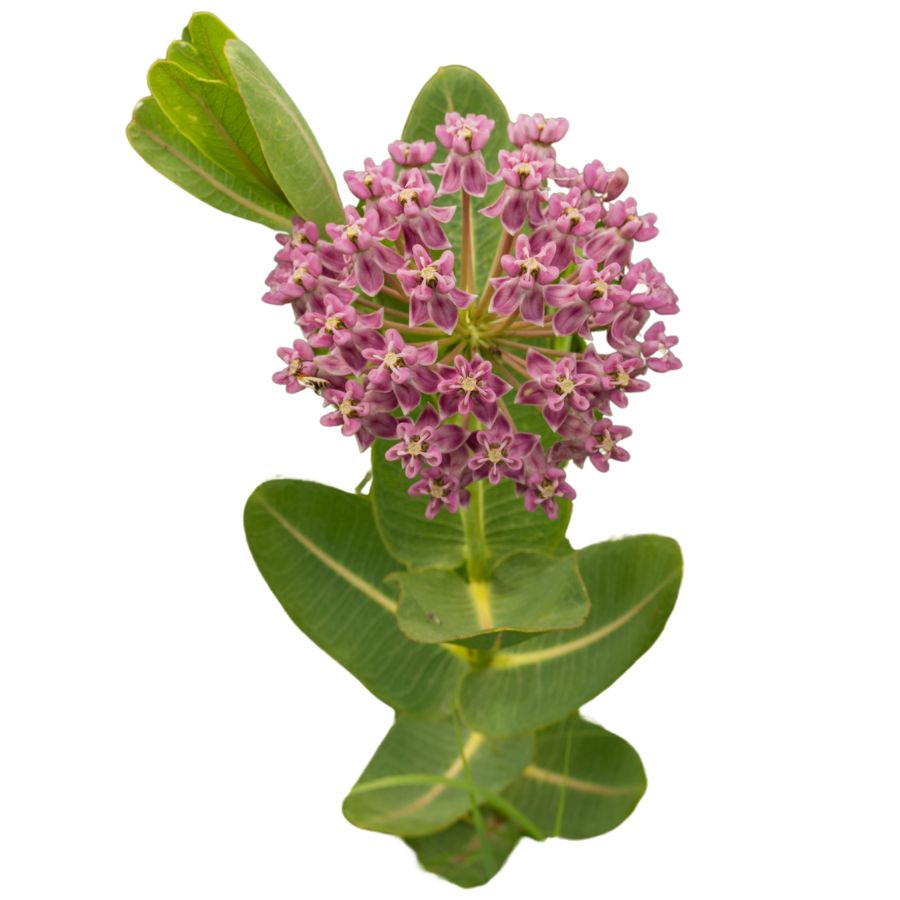
Known for its thick stems, broad leaves, and clusters of pinkish-purple flowers, common milkweed is sometimes called silkweed or butterfly flower. When you snap a stem or leaf, it releases a milky sap that helps you tell it apart from other plants that can be harmful.
If you want to try it in the kitchen, focus on gathering the young shoots, the tightly closed flower buds, and the small, immature pods. These parts have a mild, slightly sweet flavor when cooked, and their soft texture makes them a good addition to soups, sautés, and fritters.
Getting it ready to eat takes a little care, since boiling the plant parts in several changes of water helps remove bitterness and unwanted compounds. Some people also like to steam the buds or fry the pods lightly to bring out their best taste.
Although monarch caterpillars rely on this plant for survival, it has a long history of being used by people as well. Watch out for lookalikes like dogbane, though, since they share the same milky sap but are dangerously toxic if eaten.
Cattail (Typha latifolia)
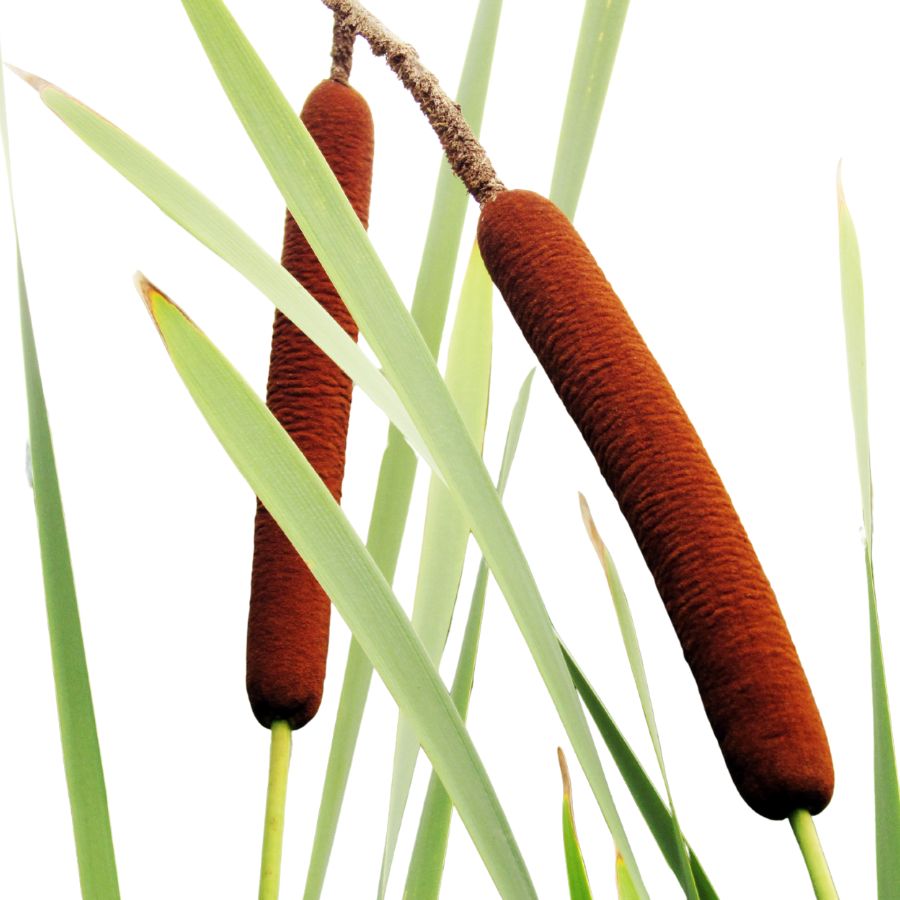
Cattails, often called bulrushes or corn dog grass, are easy to spot with their tall green stalks and brown, sausage-shaped flower heads. They grow thickly along the edges of ponds, lakes, and marshes, forming dense stands that are hard to miss.
Almost every part of the cattail is edible, including the young shoots, flower heads, and starchy rhizomes. You can eat the tender shoots raw, boil the flower heads like corn on the cob, or grind the rhizomes into flour for baking.
Besides food, cattails have long been used for making mats, baskets, and even insulation by weaving the dried leaves and using the fluffy seeds. Their combination of usefulness and abundance has made them an important survival plant for many cultures.
One thing you need to watch for is young cattail shoots being confused with similar-looking plants like iris, which are toxic. A real cattail shoot will have a mild cucumber-like smell when you snap it open, while iris plants smell bitter or unpleasant.
Dandelion (Taraxacum officinale)
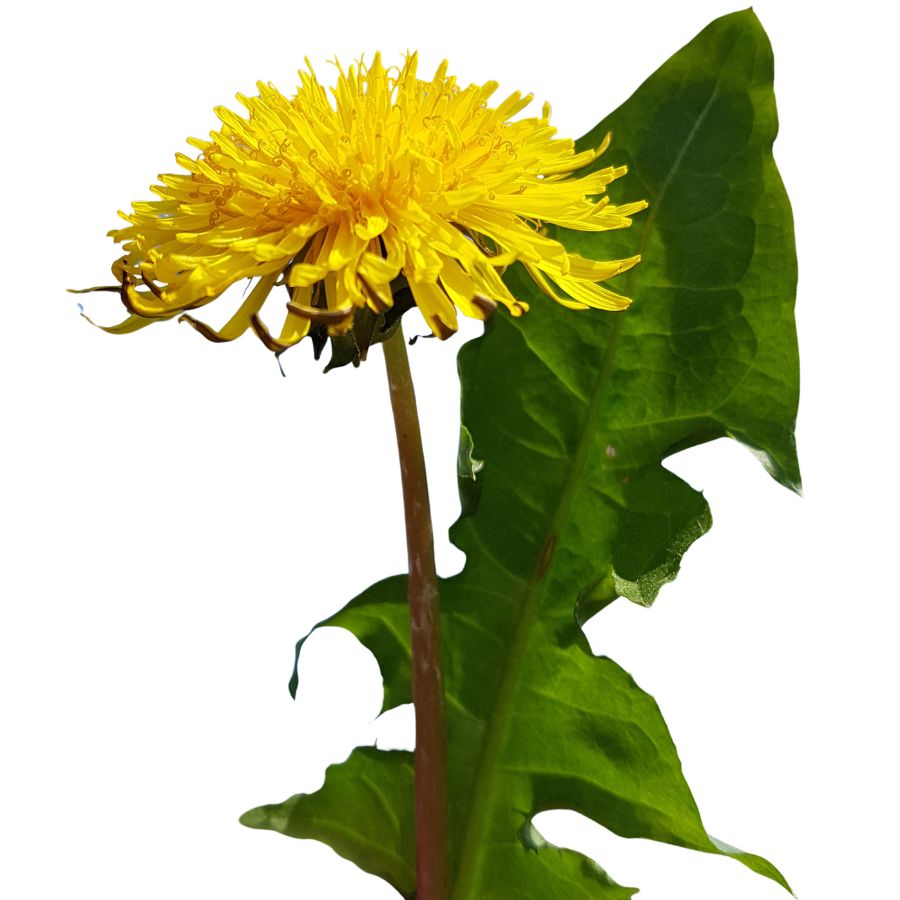
Bright yellow flowers and jagged, deeply toothed leaves make dandelions easy to spot in open fields, lawns, and roadsides. You might also hear them called lion’s tooth, blowball, or puffball once the flowers turn into round, white seed heads.
Every part of the dandelion is edible, but you will want to avoid harvesting from places treated with pesticides or roadside areas with heavy car traffic. Besides being a food source, dandelions have been used traditionally for simple herbal remedies and natural dye projects.
Young dandelion leaves have a slightly bitter, peppery flavor that works well in salads or sautés, and the flowers can be fried into fritters or brewed into tea. Some people even roast the roots to make a coffee substitute with a rich, earthy taste.
One thing to watch out for is cat’s ear, a common lookalike with hairy leaves and branching flower stems instead of a single, hollow one. To make sure you have a true dandelion, check for a smooth, hairless stem that oozes a milky sap when broken.
White Pine (Pinus strobus)
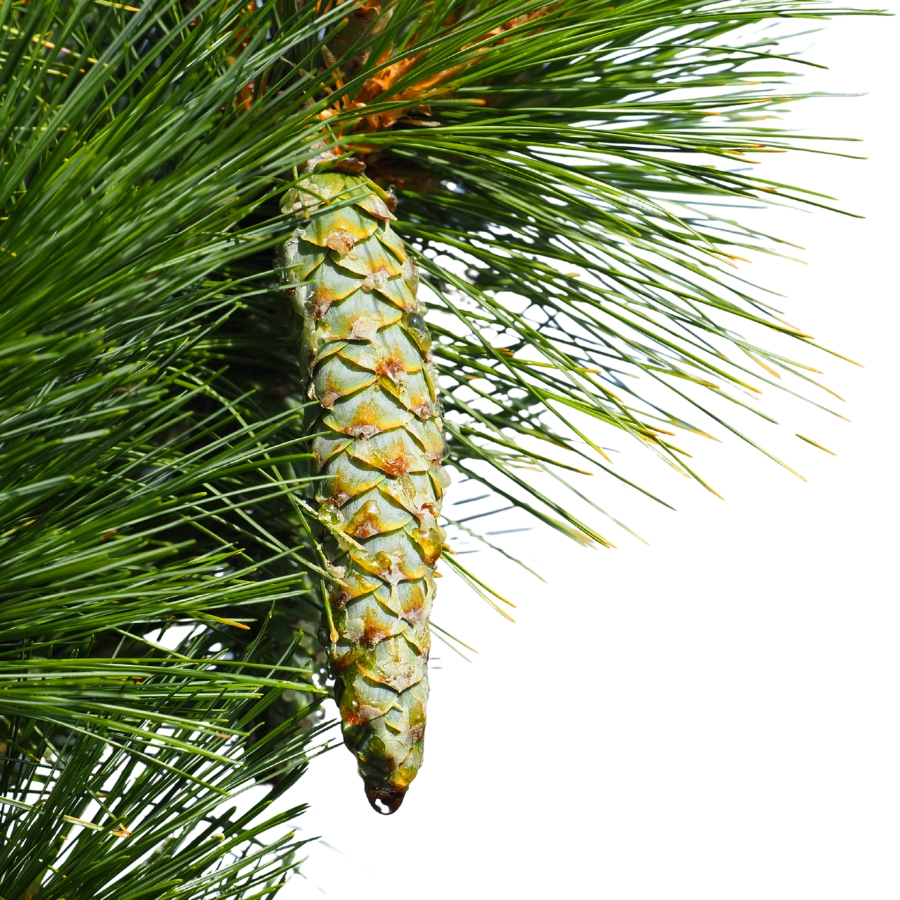
White pine has bluish-green needles grouped in clusters of five, and when brewed as tea, they give off a mild lemon-pine aroma with a faint astringency. If you chew the needles directly, expect a chewy texture and a tart, sappy burst that can linger in your mouth.
Only the inner bark and the needles should be eaten; avoid the sap in large quantities, as it can cause digestive upset. The cones are mostly inedible due to their tough scales and tiny seeds.
White pine can be confused with loblolly or Virginia pine, but those have needles in groups of three or two, respectively, and tend to be stiffer or more twisted. Getting the needle grouping right is key to avoiding the wrong tree.
Some people dehydrate the needles and grind them into powder to mix with salt or sugar for seasoning. This is a flavorful way to preserve the citrus-pine character without losing potency.
Beech (Fagus grandifolia)
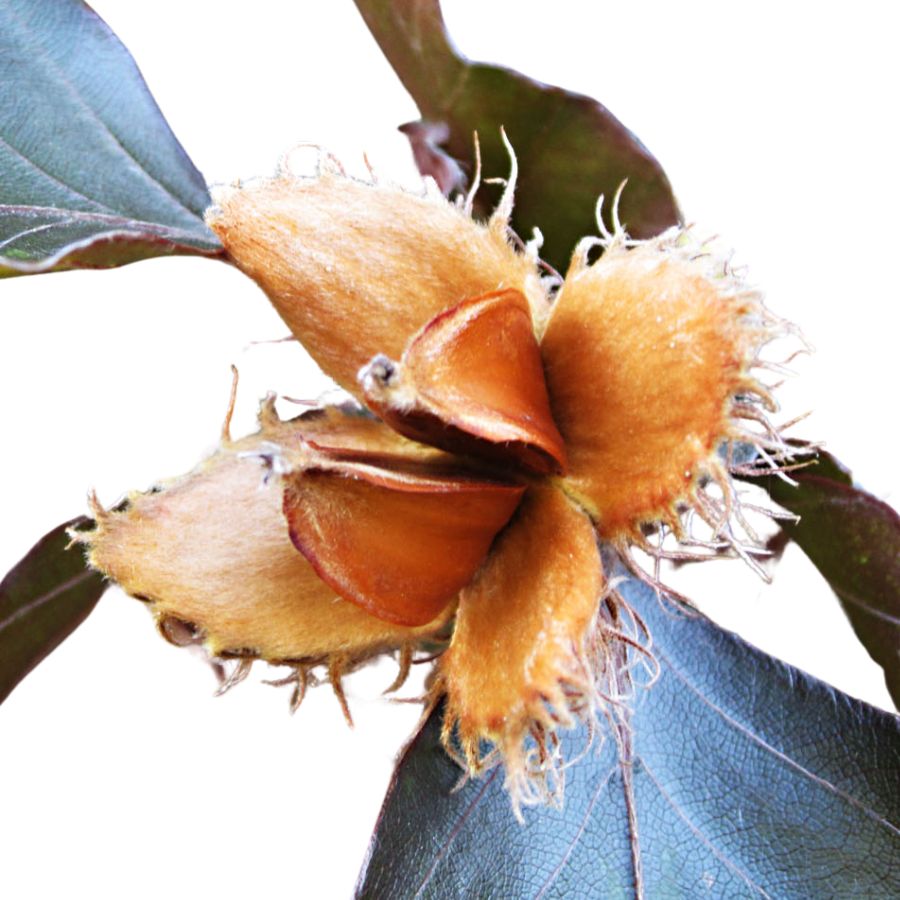
From the American beech tree—also nicknamed white beech—you can collect small, three-sided nuts that are tightly enclosed in a spiny outer husk. They’re best roasted or pan-dried to bring out their buttery texture and mellow flavor.
The husks naturally open on their own once the nuts are ready, and you’ll often find two shiny brown seeds inside. Don’t eat them raw in large amounts, since they contain small amounts of oxalic acid that cooking neutralizes.
Beech trees are easy to confuse with chestnut trees at a glance, but chestnut leaves have longer tapering tips and the husks are far more heavily armored with spines. Avoid picking from horse chestnut, which has poisonous seeds that look similar.
Once prepared, the nuts can be added to soups or ground into a coarse flour for baked goods. Nothing else from the tree is eaten—only the seeds inside the husks are used.
Groundnut (Apios americana)

Groundnut is also called potato bean or Indian potato, and it grows as a climbing vine with clusters of pinkish-purple flowers. The part most people go for is the underground tuber, which looks a bit like a small, knobby chain of beads.
The flavor is richer than a regular potato, with a nutty, earthy taste and a dense, almost chestnut-like texture when cooked. It holds up well in soups and stews, or you can boil and mash it like a root vegetable.
Some people slice it thin and roast it until crisp, while others slow-cook it to bring out a sweeter taste. The vine also produces beans, but the root is what’s usually eaten.
There are a few vines that resemble groundnut, but many of those don’t have the same distinctive flower clusters or tend to lack the beadlike roots. Always make sure you’re digging up the right plant before cooking it.
Red Raspberry (Rubus idaeus)
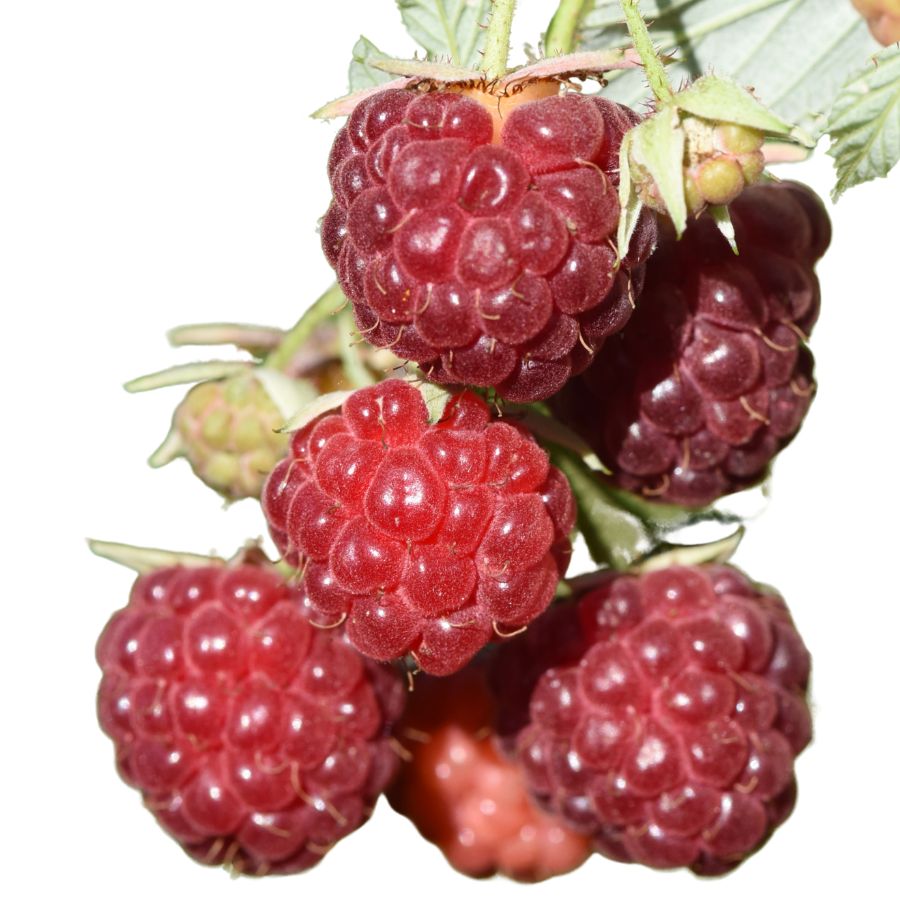
The red raspberry, also called wild raspberry or bramble raspberry, grows on prickly, arching canes with compound leaves and clusters of red drupelets. You’ll usually find them forming loose thickets, with berries that pull away cleanly from the core when ripe.
The fruit is sweet-tart and juicy with a soft, seedy texture, often used in jams, jellies, or baked into pies. Leaves and stems aren’t edible and shouldn’t be consumed.
While it looks a lot like wineberry or thimbleberry, red raspberry’s hollow core and matte, soft drupelets help separate it from those. Wineberries, in particular, have a shiny, sticky coating and red bristles on their stems.
Unwashed berries can sometimes host small insects or eggs, so rinse them thoroughly before eating or preserving. The fruit can also be frozen or dried for later use, though fresh is when it’s most flavorful.
Elderberry (Sambucus canadensis)
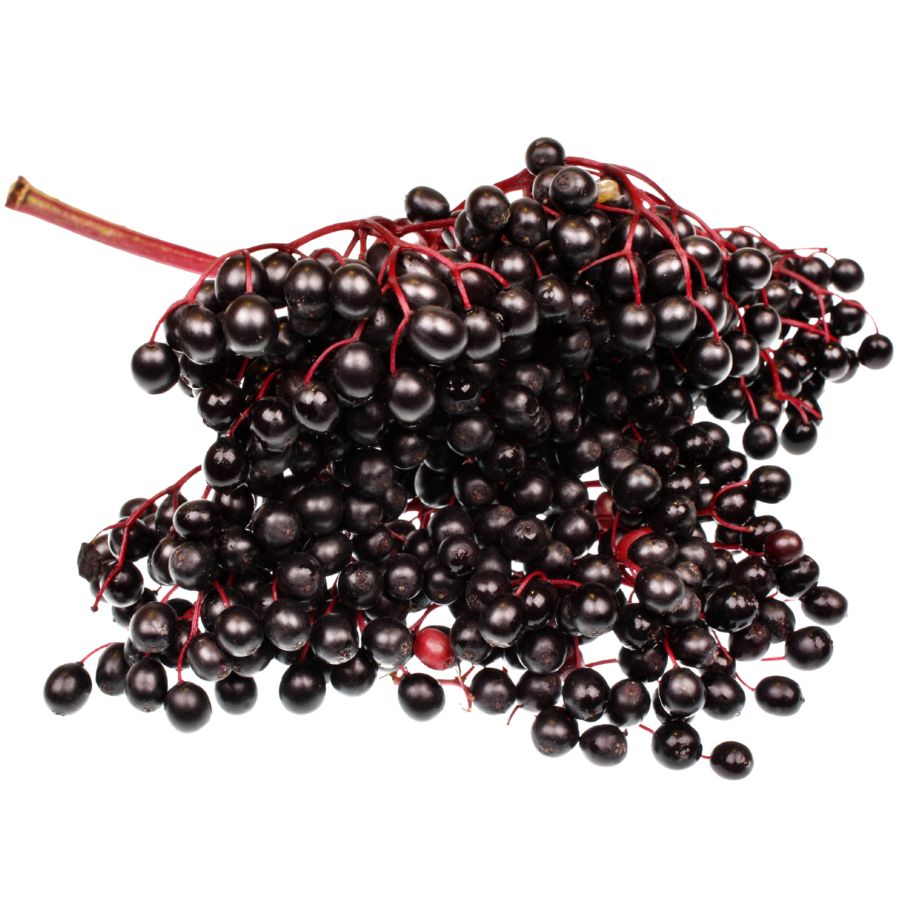
Elderberry is often called American elder, common elder, or sweet elder. It grows as a large, shrubby plant with clusters of tiny white flowers that eventually turn into deep purple to black berries.
You can recognize elderberry by its compound leaves with five to eleven serrated leaflets and its flat-topped flower clusters. One important thing to watch out for is its toxic lookalikes, like pokeweed, which has very different smooth-edged leaves and reddish stems.
The ripe berries have a tart, almost earthy flavor and a soft texture when cooked. People usually cook elderberries into syrups, jams, pies, or wine because eating raw berries can cause nausea.
Only the ripe, cooked berries and flowers are edible, while the leaves, stems, and unripe berries are toxic. Always take care to strip the berries cleanly from their stems before using them, as even small bits of stem can cause problems.
American Hazelnut (Corylus americana)
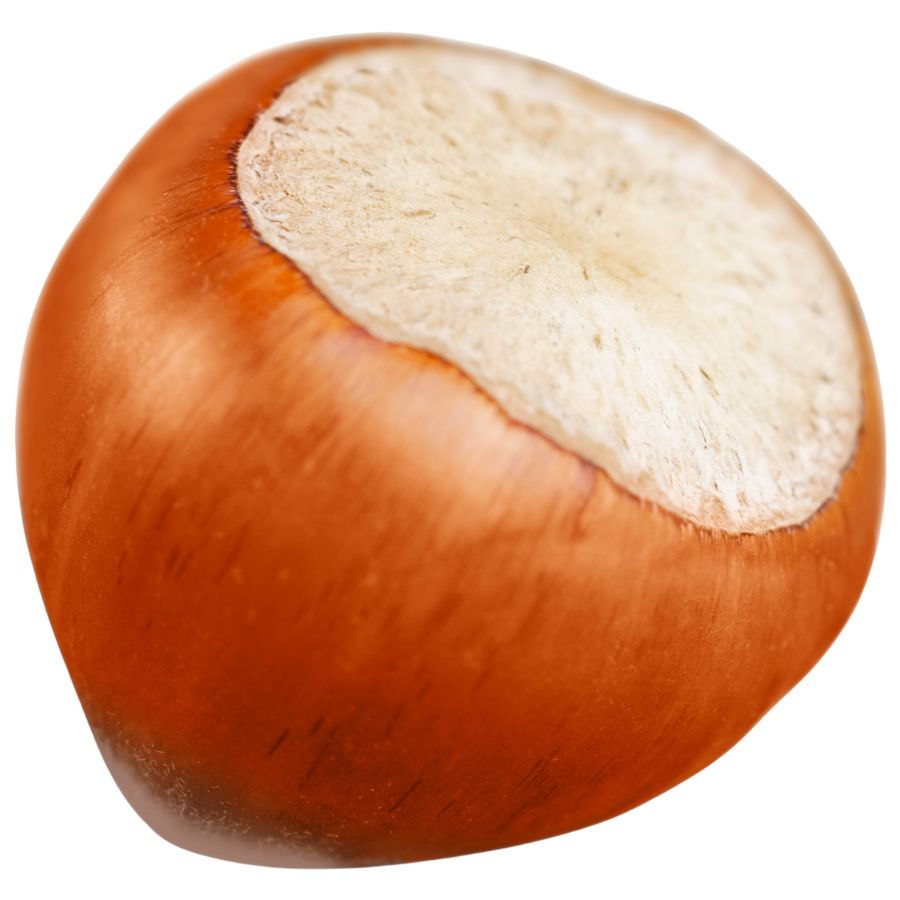
Clusters of round, fringed husks tucked among bushy green leaves usually mean you have found American hazelnut, sometimes called American filbert. It grows as a wide, shrubby plant that spreads along forest edges, open woods, and overgrown fields.
The nuts inside are rich and buttery, with a firm texture that turns creamy when roasted or ground into flour. You can eat them raw, toss them into baked goods, or crush them into a thick, flavorful spread.
It helps to know the difference between American hazelnut and its close cousin, beaked hazelnut, which hides its nut inside a long, pointed husk. Both plants are safe to eat, but the shape of the husk makes it easy to tell which one you have.
Only the inner nut is gathered for food; the leafy husk and hard outer shell are tossed aside. If you leave them too long, local wildlife like squirrels will clear out the patch faster than you can.
Lowbush Blueberry (Vaccinium angustifolium)
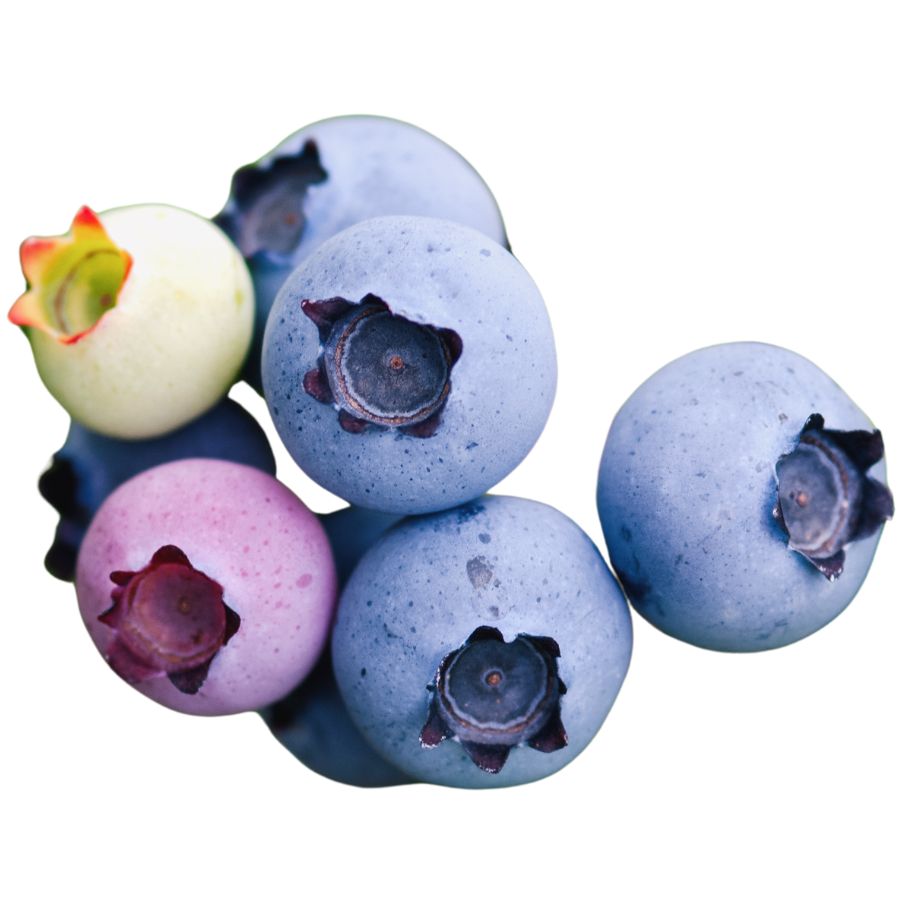
Blueberry, sometimes called highbush or lowbush blueberry depending on the type, grows as a shrub with smooth-edged, oval leaves and clusters of small white or pinkish bell-shaped flowers. The berries start green and ripen to a deep blue with a dusty-looking skin that easily rubs off.
A few lookalikes can confuse foragers, like the berries of Virginia creeper or pokeweed, but the differences are clear when you know what to check. True blueberries grow on woody shrubs and have a five-pointed crown on the bottom of each berry, while dangerous lookalikes often grow on vines or have no crown at all.
Blueberries have a sweet, sometimes tangy flavor and a juicy texture that makes them great for fresh eating. You can also bake them into pies, simmer them into jams, or dry them for snacks.
Only the ripe berries are eaten, while the leaves and stems are usually left alone.
Interestingly, blueberries is that they contain natural pigments that can turn recipes and even your fingers a deep purple when handled.
Wintergreen (Gaultheria procumbens)
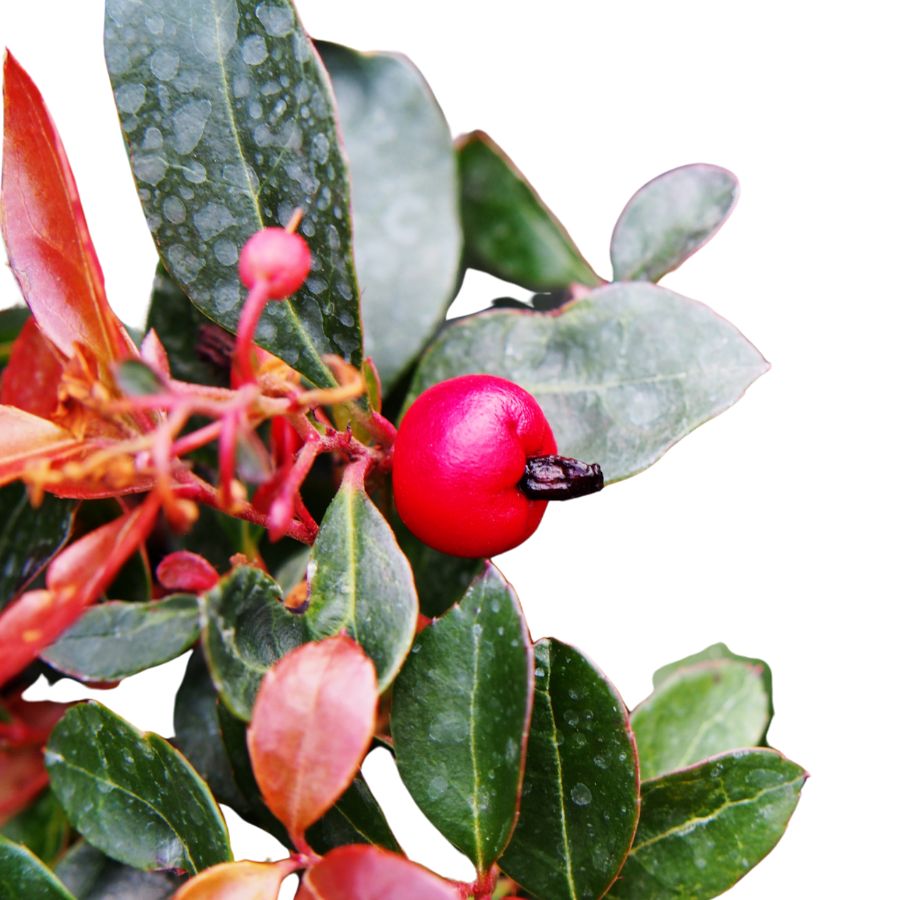
If you find a trailing plant with white-veined, dark green leaves and waxy red berries, you’re probably looking at wintergreen. The plant carries a cool mint-like flavor that lingers on the tongue when you chew the berries or leaves.
Its flavor comes from methyl salicylate, which is safe in small amounts but concentrated enough that it shouldn’t be overused. People often use the leaves to make teas or candy infusions with a crisp, sweet finish.
Only the leaves and berries are edible—avoid eating the woody stems or roots, which are too tough and lack flavor. The berries have a chewy skin and taste like wintermint gum when ripe.
Teaberry is a common nickname for wintergreen’s fruit, which is mildly sweet but more useful for flavoring than for bulk snacking. Indian pipe can grow nearby and resembles it slightly, but it lacks any leaf or mint scent and isn’t edible.
Wild Strawberry (Fragaria virginiana)
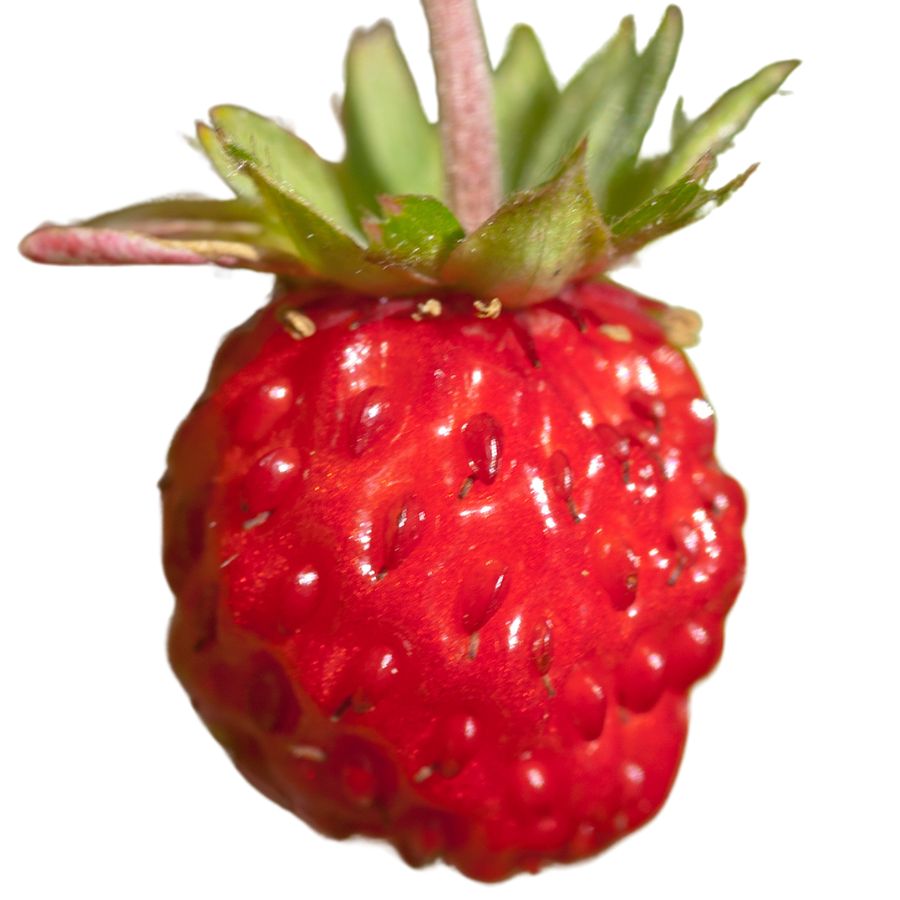
Wild strawberry, sometimes called Virginia strawberry or mountain strawberry, grows low to the ground with three-part leaves that have jagged edges. The small white flowers with yellow centers eventually give way to tiny, bright red fruits nestled close to the soil.
The fruits are sweet with a burst of tartness, and their texture is much softer than the large cultivated strawberries you find in stores. You can eat them raw, mix them into jams, or bake them into pies for a rich, fruity flavor.
Wild strawberry can sometimes be confused with mock strawberry, which has similar leaves but produces dry, flavorless fruits and yellow flowers instead of white. Always check the flower color and taste a small piece before collecting more.
Only the berries and the tender young leaves of wild strawberry are edible, with the leaves often brewed into teas. Be careful not to overharvest because these plants grow slowly and support plenty of small wildlife.
Fox Grape (Vitis labrusca)
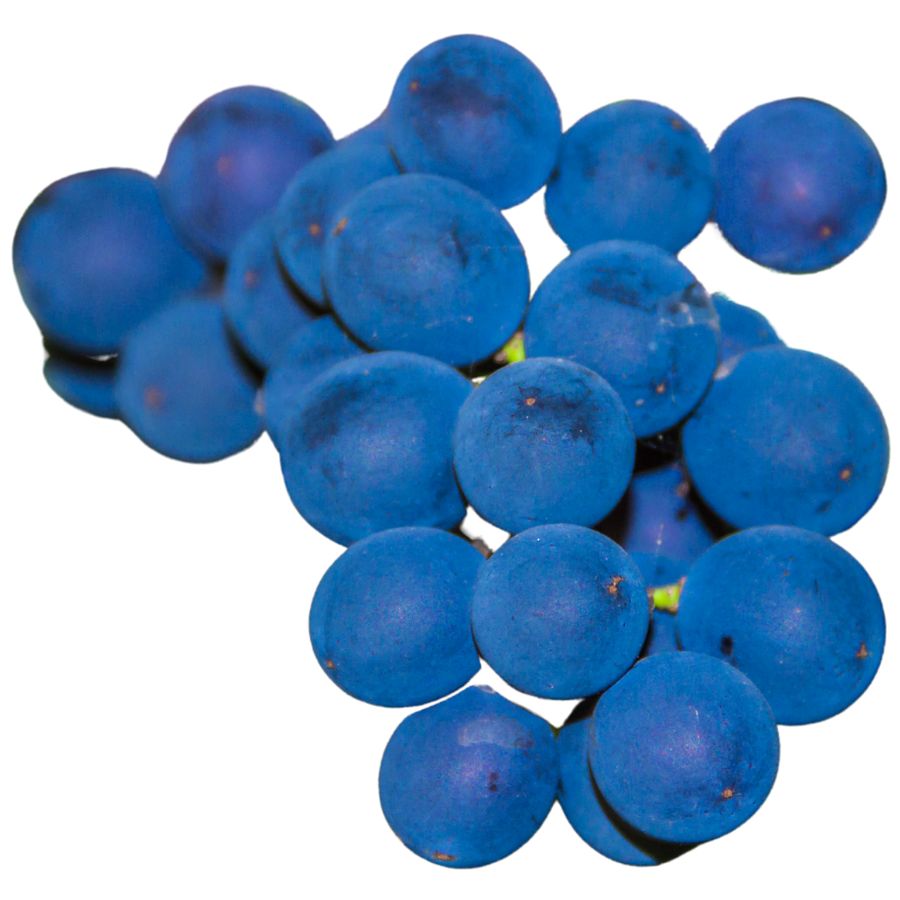
Fox grape grows on high-climbing vines that drape over trees and fences. Its fruits grow in loose clusters, each grape about the size of a marble with a dusky bloom and thick skin.
The taste is bold—pungent and tangy, with a deep sweetness that kicks in once cooked. It’s popular for homemade jellies, syrups, and wild grape wine.
The seeds are large and slippery, and while you can eat them, most people spit them out. Leaves and stems aren’t edible and shouldn’t be consumed.
Don’t confuse it with Canada moonseed, which lacks the distinctive grape-like aroma and has crescent-shaped seeds instead of round ones. That one’s toxic and shouldn’t be tasted under any circumstances.
Chives (Allium schoenoprasum)
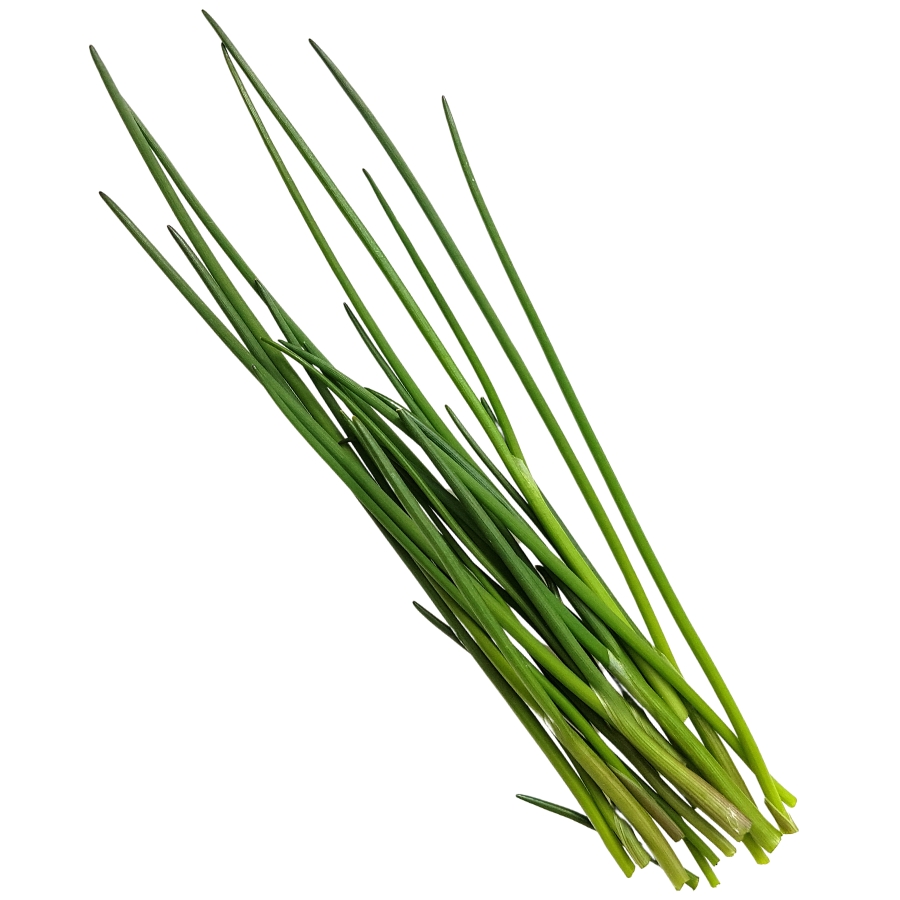
The thin, hollow green stalks of chives make them easy to use fresh, and their mild onion flavor works well in salads, soups, and egg dishes. Chives are best snipped raw over food just before serving, since their flavor fades quickly when cooked.
You’re eating the leaves, which are the only part of the plant typically consumed—avoid the roots, which are not used in cooking. The purple flower heads are technically edible but are usually too fibrous to enjoy.
Garlic chives can confuse foragers, but they have flat, broader leaves and a garlicky taste instead of the grassy onion flavor of true chives. Wild onions and other alliums can also resemble them, but their bulbs and odors are stronger and more pungent.
The flavor of chives is light and grassy, never overpowering, and the texture is crisp when raw but softens easily. You can freeze chopped chives in oil or water, but drying them causes a major loss in flavor.
Wild Garlic (Allium vineale)
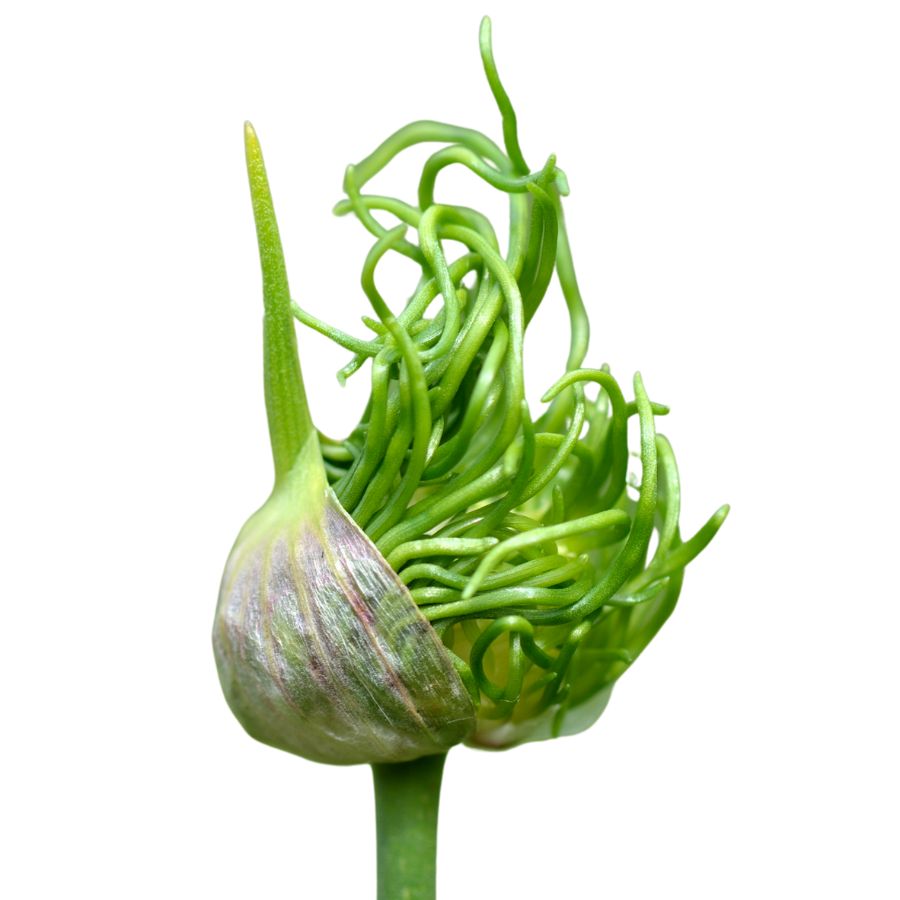
Wild garlic has slender, hollow leaves that look a lot like chives. When you crush the leaves or bulbs between your fingers, they release a strong garlicky smell that makes identification easier.
The are both edible, and You can use the bulbs and leaves raw or cooked in different dishes. Just make sure you are not mistaking it for toxic lookalikes like death camas, which does not smell like garlic at all.
Wild garlic has a sharp, onion-garlic flavor that becomes milder when cooked. You can chop the leaves into salads, stir them into soups, or blend them into sauces like pesto.
One thing to watch for is that the bulbs can sometimes have a tough, fibrous outer layer you will want to peel away before eating. If you want the best flavor, focus on younger, tender leaves rather than older, stringy ones.
Jerusalem Artichoke (Helianthus tuberosus)
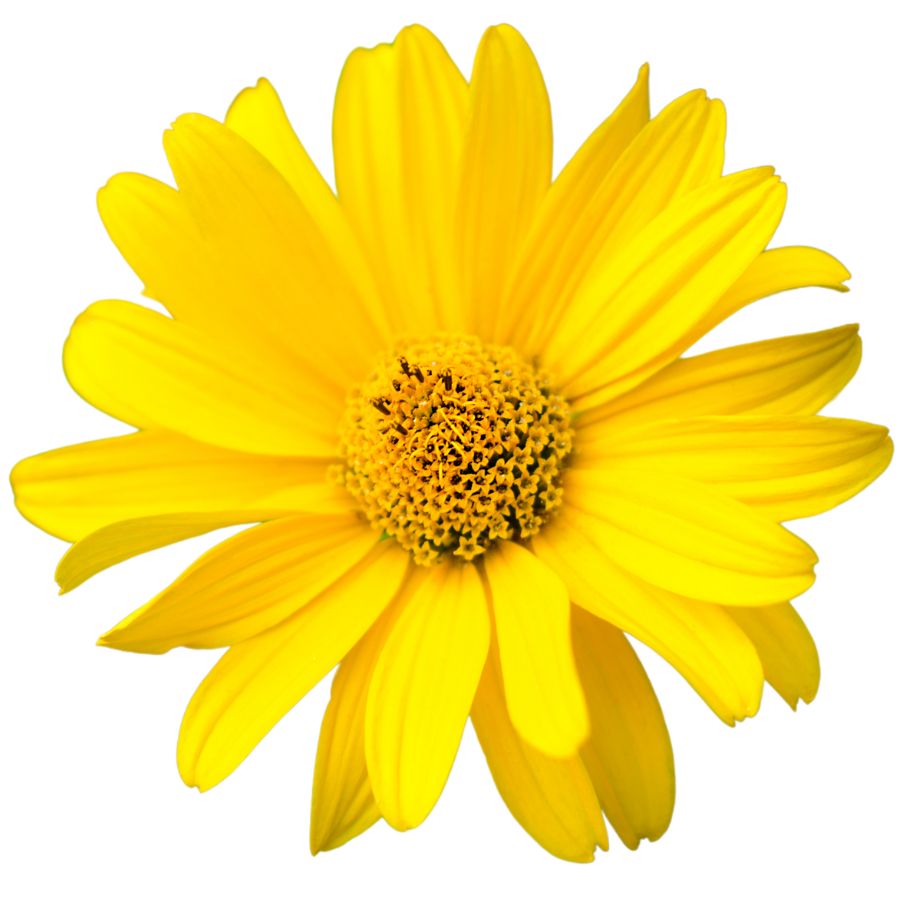
Jerusalem artichoke grows tall with sunflower-like blooms and has knobby underground tubers. The tubers are tan or reddish and look a bit like ginger root, though they belong to the sunflower family.
The part you’re after is the tuber, which has a nutty, slightly sweet flavor and a crisp texture when raw. You can roast, sauté, boil, or mash them like potatoes, and they hold their shape well in soups and stir-fries.
Some people experience gas or bloating after eating sunchokes due to the inulin they contain, so it’s a good idea to try a small amount first. Cooking them thoroughly can help reduce the chances of digestive discomfort.
Sunchokes don’t have many dangerous lookalikes, but it’s important not to confuse the plant with other sunflower relatives that don’t produce tubers. The above-ground part resembles a small sunflower, but it’s the knotted, underground tubers that are worth digging up.
Highbush Cranberry (Viburnum trilobum)
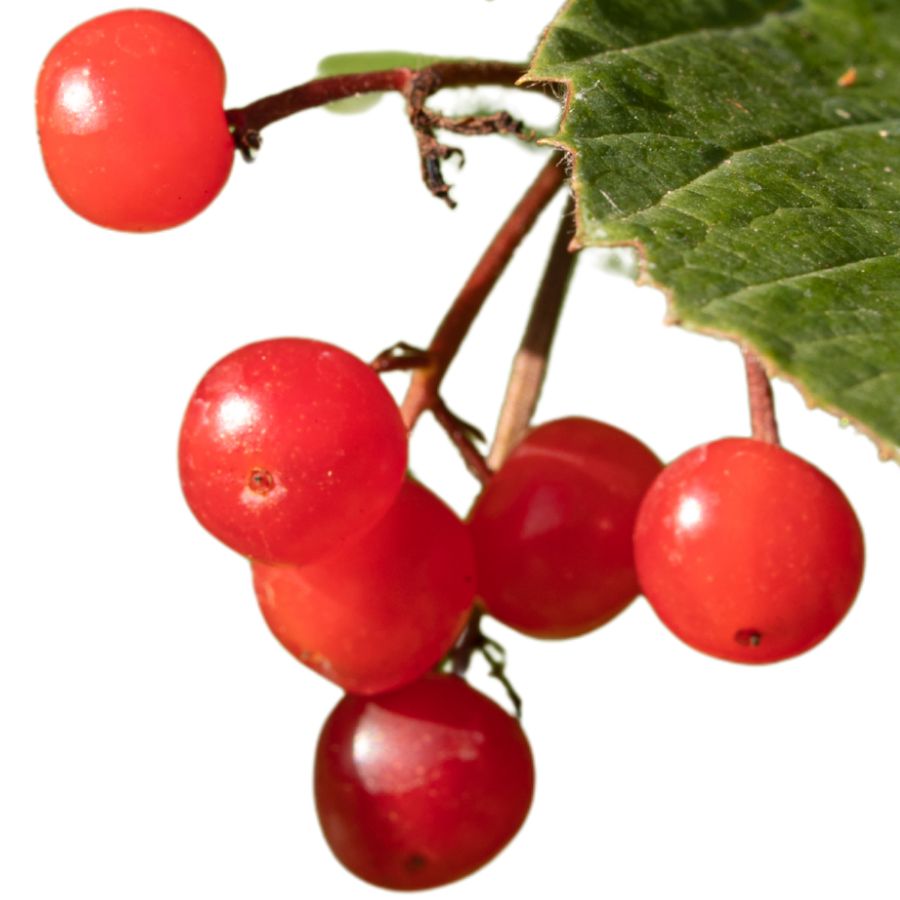
Highbush cranberries grow in tight, red clusters and look a lot like small cherries, but the flavor is intensely tart with a musky edge. When fully ripe, you can use them to make sauces, jellies, or fruit leathers that hold up well in storage.
Don’t confuse this plant with European cranberrybush, which looks nearly identical but has fruit with an unpleasant odor and bitterness that lingers. Highbush cranberry leaves have three lobes, somewhat maple-like, while the European version often has a more rounded leaf base.
Each berry has a single flat seed shaped like a fish vertebra, which is a helpful trait when checking your harvest. The fruit’s texture is soft and slightly sticky, especially when cooked down.
Stick to the ripe berries—everything else, including the seeds and leaves, isn’t used for food. Highbush cranberry’s appeal lies in how it bridges the gap between sweet and sour, giving preserves a depth you won’t get from cultivated cranberries.
Toxic Plants That Look Like Edible Plants
There are plenty of wild edibles to choose from, but some toxic native plants closely resemble them. Mistaking the wrong one can lead to severe illness or even death, so it’s important to know exactly what you’re picking.
Poison Hemlock (Conium maculatum)
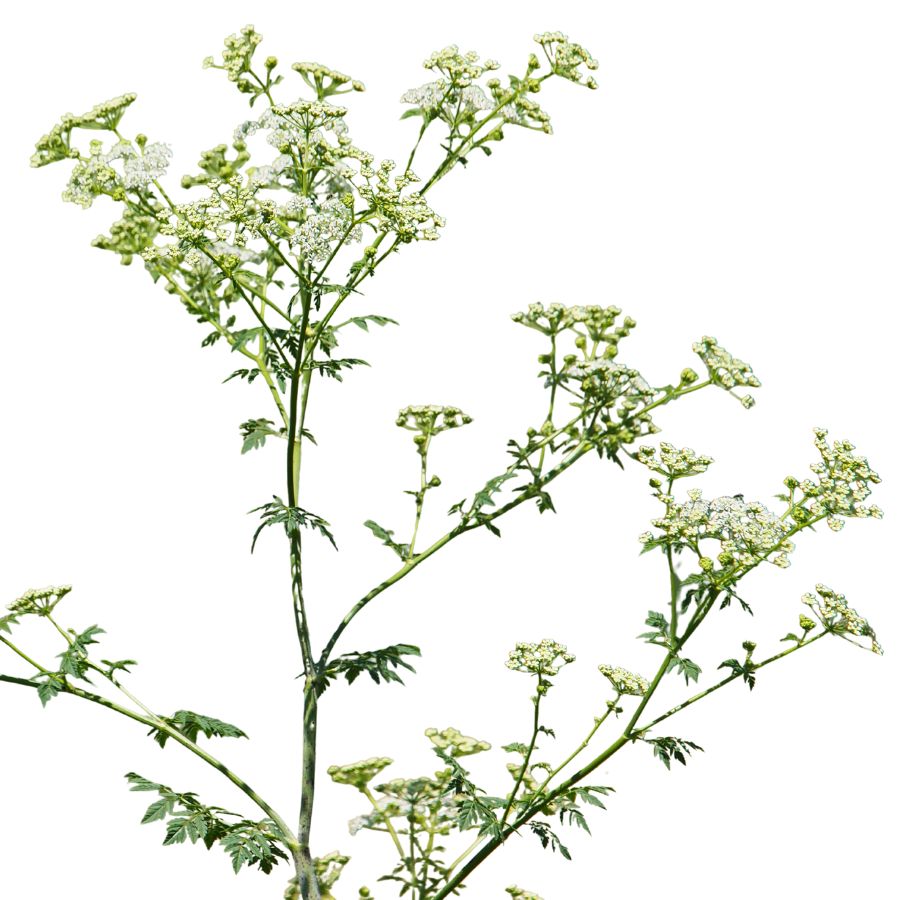
Often mistaken for: Wild carrot (Daucus carota)
Poison hemlock is a tall plant with lacy leaves and umbrella-like clusters of tiny white flowers. It has smooth, hollow stems with purple blotches and grows in sunny places like roadsides, meadows, and stream banks.
Unlike wild carrot, which has hairy stems and a dark central floret, poison hemlock has a musty odor and no flower center spot. It’s extremely toxic; just a small amount can be fatal, and even touching the sap can irritate the skin.
Water Hemlock (Cicuta spp.)
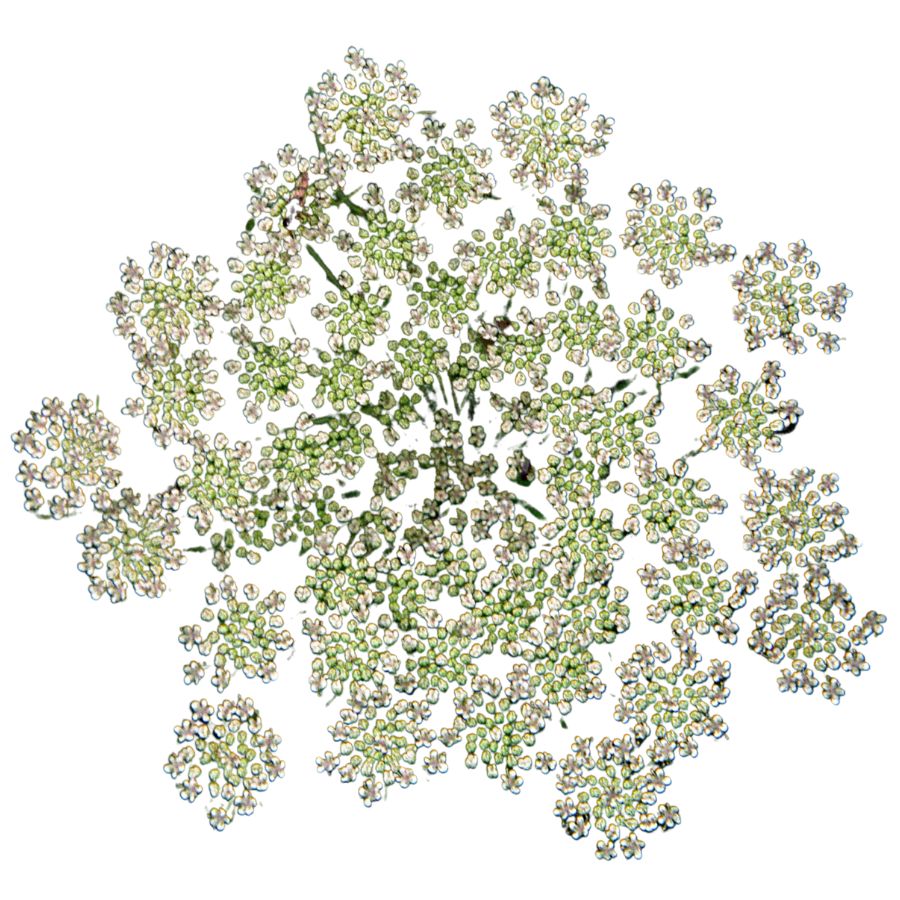
Often mistaken for: Wild parsnip (Pastinaca sativa) or wild celery (Apium spp.)
Water hemlock is a tall, branching plant with umbrella-shaped clusters of small white flowers. It grows in wet places like stream banks, marshes, and ditches, with stems that often show purple streaks or spots.
It can be confused with wild parsnip or wild celery, but its thick, hollow roots have internal chambers and release a yellow, foul-smelling sap when cut. Water hemlock is the most toxic plant in North America, and just a small amount can cause seizures, respiratory failure, and death.
False Hellebore (Veratrum viride)
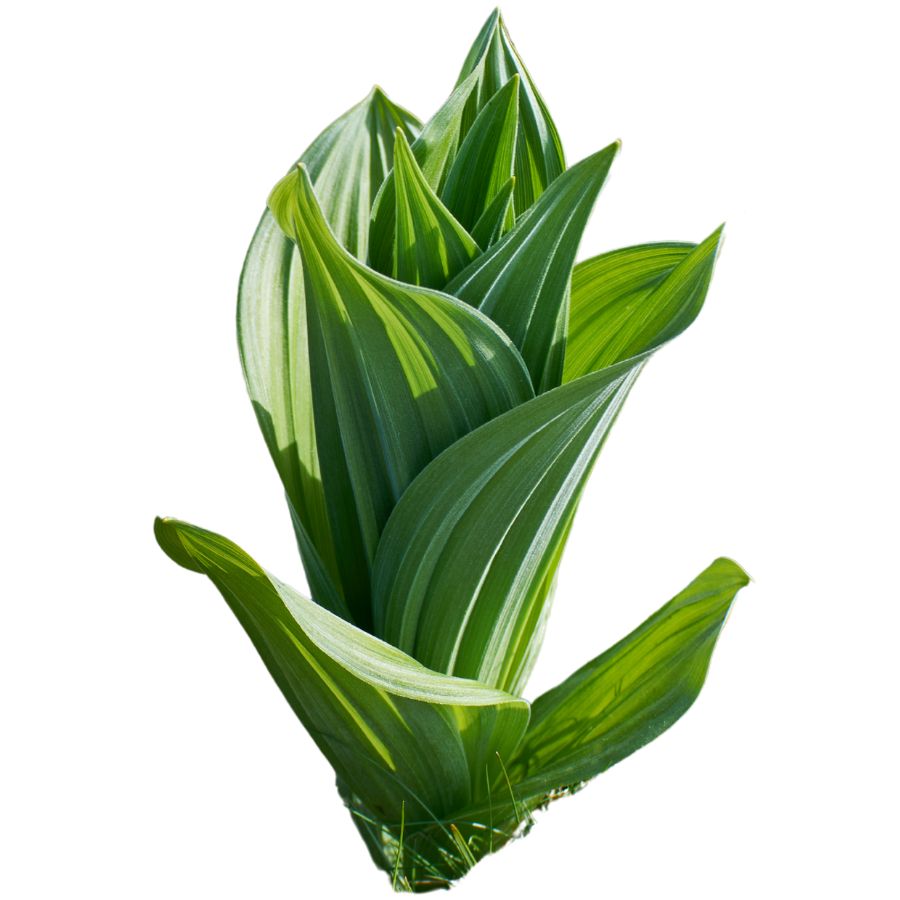
Often mistaken for: Ramps (Allium tricoccum)
False hellebore is a tall plant with broad, pleated green leaves that grow in a spiral from the base, often appearing early in spring. It grows in moist woods, meadows, and along streams.
It’s commonly mistaken for ramps, but ramps have a strong onion or garlic smell, while false hellebore is odorless and later grows a tall flower stalk. The plant is highly toxic, and eating any part can cause nausea, a slowed heart rate, and even death due to its alkaloids that affect the nervous and cardiovascular systems.
Death Camas (Zigadenus spp.)
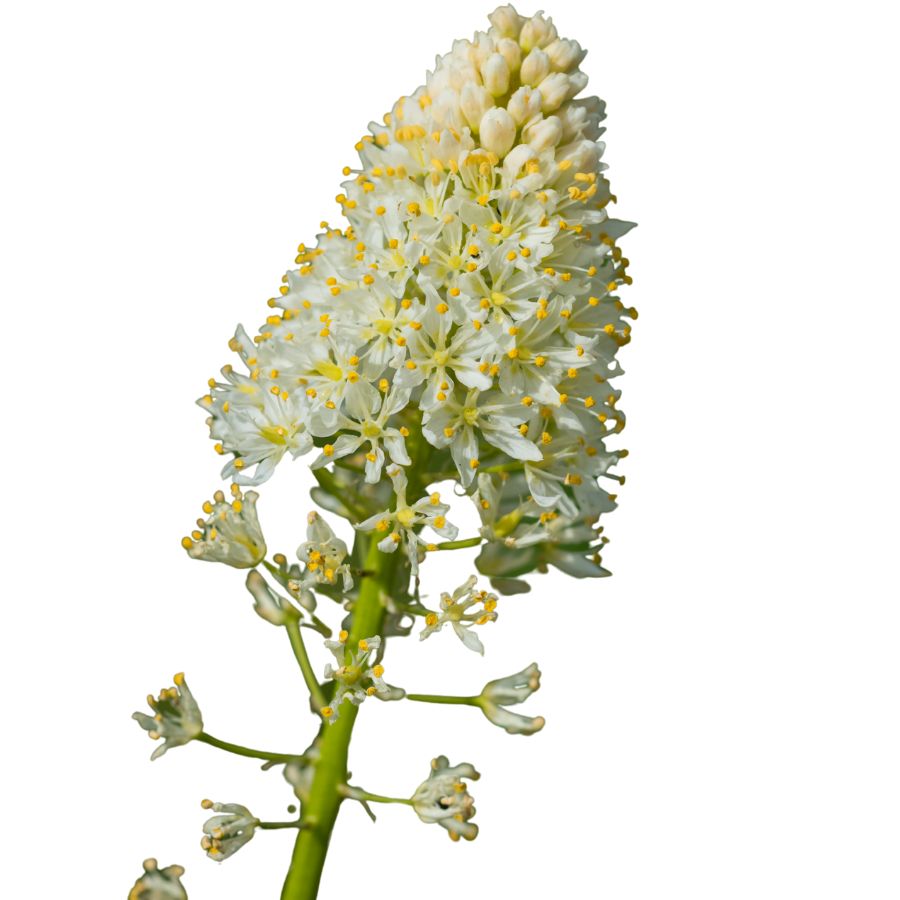
Often mistaken for: Wild onion or wild garlic (Allium spp.)
Death camas is a slender, grass-like plant that grows from underground bulbs and is found in open woods, meadows, and grassy hillsides. It has small, cream-colored flowers in loose clusters atop a tall stalk.
It’s often confused with wild onion or wild garlic due to their similar narrow leaves and habitats, but only Allium plants have a strong onion or garlic scent, while death camas has none. The plant is extremely poisonous, especially the bulbs, and even a small amount can cause nausea, vomiting, a slowed heartbeat, and potentially fatal respiratory failure.
Buckthorn Berries (Rhamnus spp.)
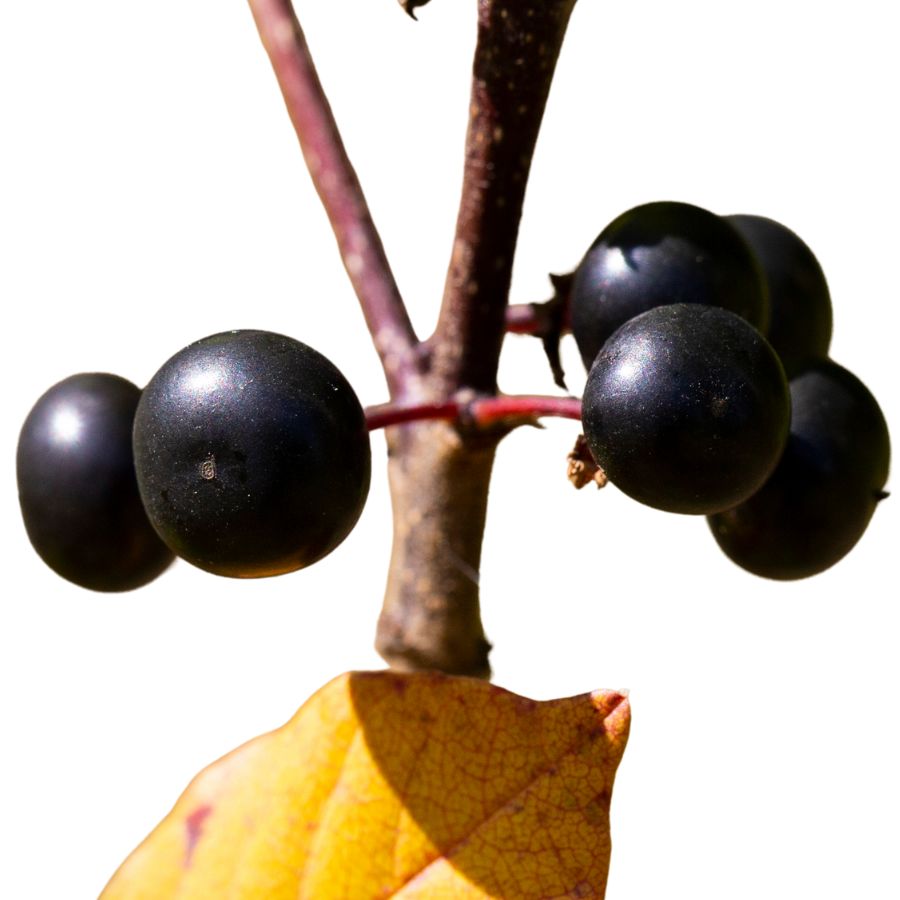
Often mistaken for: Elderberries (Sambucus spp.)
Buckthorn is a shrub or small tree often found along woodland edges, roadsides, and disturbed areas. It produces small, round berries that ripen to dark purple or black and usually grow in loose clusters.
These berries are sometimes mistaken for elderberries and other wild fruits, which also grow in dark clusters, but elderberries form flat-topped clusters on reddish stems while buckthorn berries are more scattered. Buckthorn berries are unsafe to eat as they contain compounds that can cause cramping, vomiting, and diarrhea, and large amounts may lead to dehydration and serious digestive problems.
Mayapple (Podophyllum peltatum)
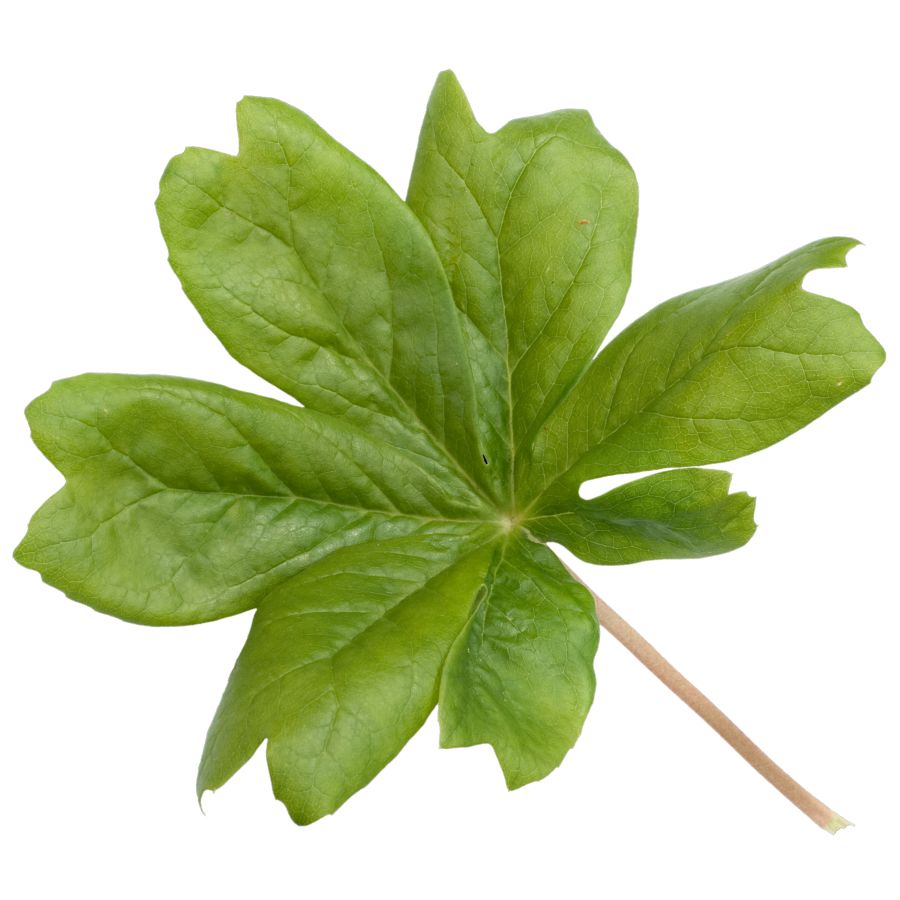
Often mistaken for: Wild grapes (Vitis spp.)
Mayapple is a low-growing plant found in shady forests and woodland clearings. It has large, umbrella-like leaves and produces a single pale fruit hidden beneath the foliage.
The unripe fruit resembles a small green grape, causing confusion with wild grapes, which grow in woody clusters on vines. All parts of the mayapple are toxic except the fully ripe, yellow fruit, which is only safe in small amounts. Eating unripe fruit or other parts can lead to nausea, vomiting, and severe dehydration.
Virginia Creeper (Parthenocissus quinquefolia)
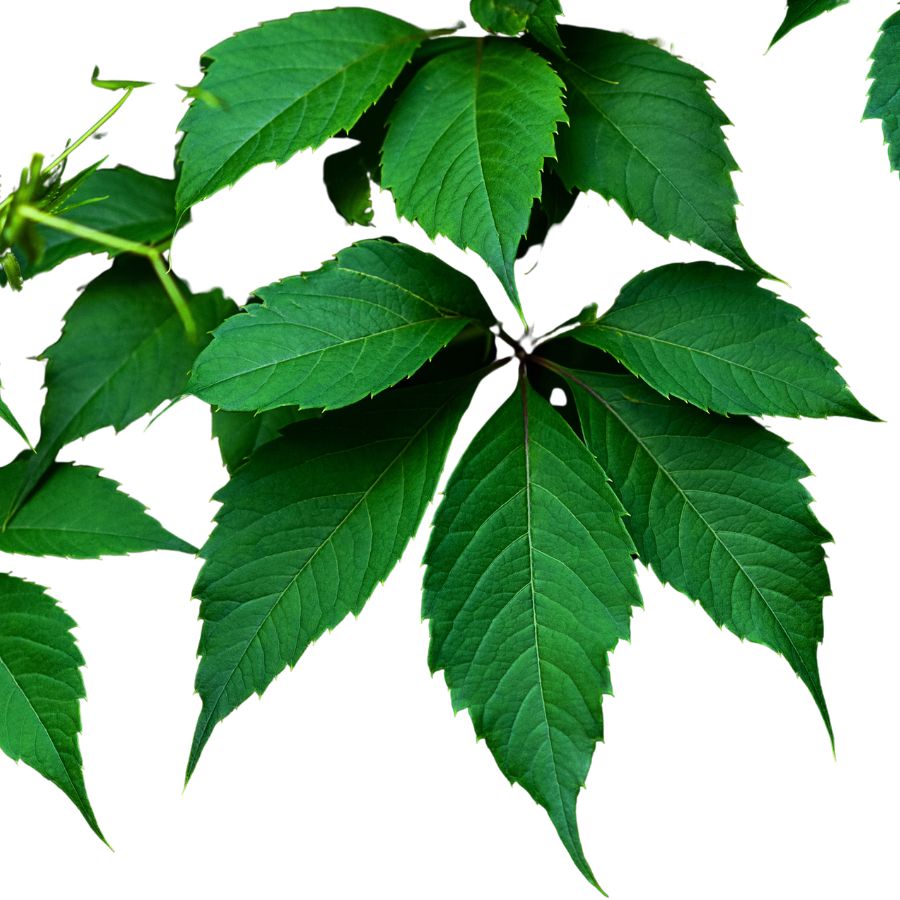
Often mistaken for: Wild grapes (Vitis spp.)
Virginia creeper is a fast-growing vine found on fences, trees, and forest edges. It has five leaflets per stem and produces small, bluish-purple berries from late summer to fall.
It’s often confused with wild grapes since both are climbing vines with similar berries, but grapevines have large, lobed single leaves and tighter fruit clusters. Virginia creeper’s berries are toxic to humans and contain oxalate crystals that can cause nausea, vomiting, and throat irritation.
Castor Bean (Ricinus communis)
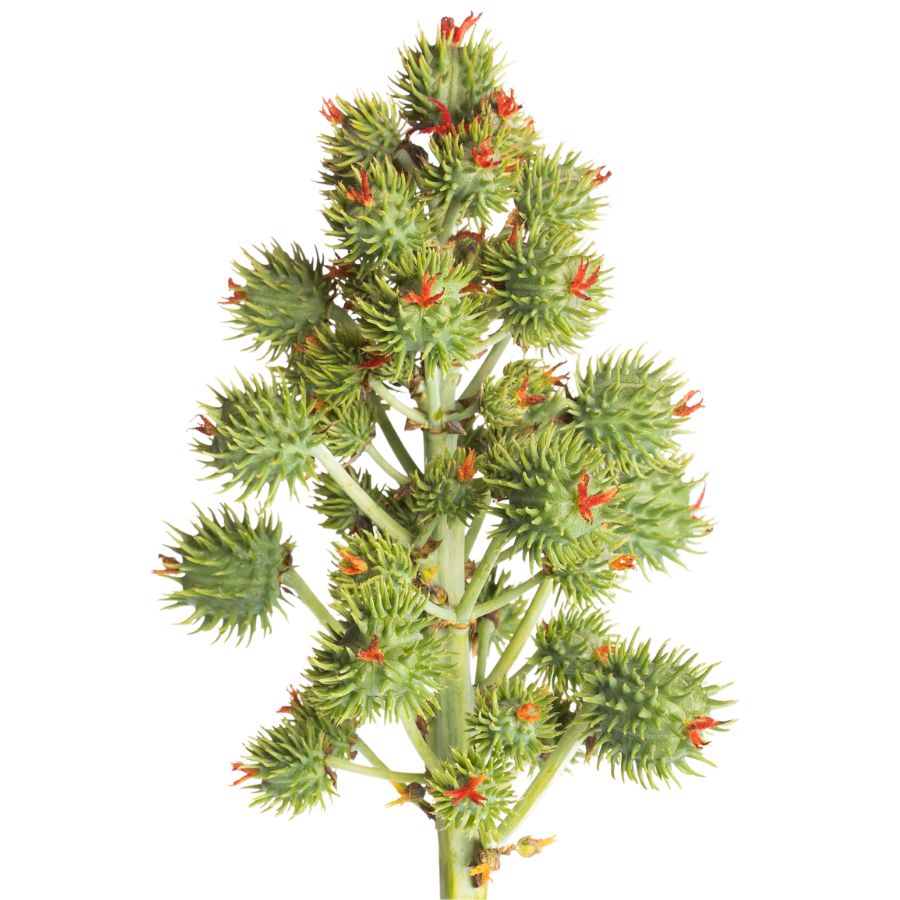
Often mistaken for: Wild rhubarb (Rumex spp. or Rheum spp.)
Castor bean is a bold plant with large, lobed leaves and tall red or green stalks, often found in gardens, along roadsides, and in disturbed areas in warmer regions in the US. Its red-tinged stems and overall size can resemble wild rhubarb to the untrained eye.
Unlike rhubarb, castor bean plants produce spiny seed pods containing glossy, mottled seeds that are extremely toxic. These seeds contain ricin, a deadly compound even in small amounts. While all parts of the plant are toxic, the seeds are especially dangerous and should never be handled or ingested.
A Quick Reminder
Before we get into the specifics about where and how to find these mushrooms, we want to be clear that before ingesting any wild mushroom, it should be identified with 100% certainty as edible by someone qualified and experienced in mushroom identification, such as a professional mycologist or an expert forager. Misidentification of mushrooms can lead to serious illness or death.
All mushrooms have the potential to cause severe adverse reactions in certain individuals, even death. If you are consuming mushrooms, it is crucial to cook them thoroughly and properly and only eat a small portion to test for personal tolerance. Some people may have allergies or sensitivities to specific mushrooms, even if they are considered safe for others.
The information provided in this article is for general informational and educational purposes only. Foraging for wild mushrooms involves inherent risks.
How to Get the Best Results Foraging
Safety should always come first when it comes to foraging. Whether you’re in a rural forest or a suburban greenbelt, knowing how to harvest wild foods properly is a key part of staying safe and respectful in the field.
Always Confirm Plant ID Before You Harvest Anything
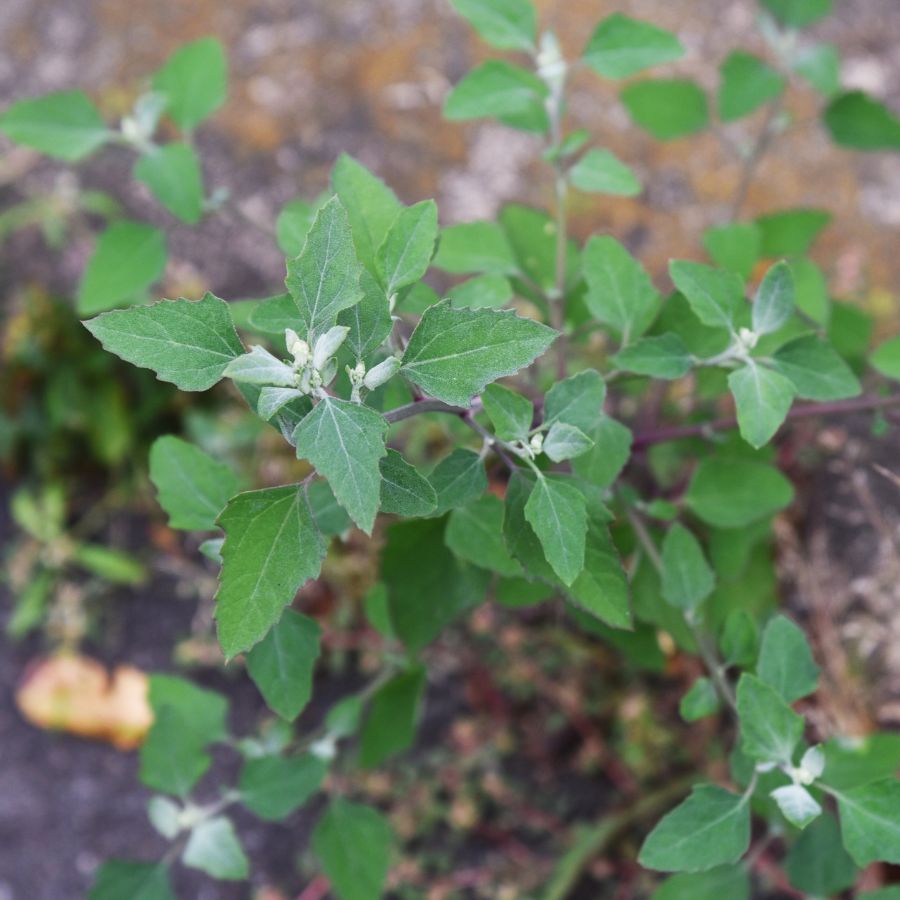
Knowing exactly what you’re picking is the most important part of safe foraging. Some edible plants have nearly identical toxic lookalikes, and a wrong guess can make you seriously sick.
Use more than one reliable source to confirm your ID, like field guides, apps, and trusted websites. Pay close attention to small details. Things like leaf shape, stem texture, and how the flowers or fruits are arranged all matter.
Not All Edible Plants Are Safe to Eat Whole
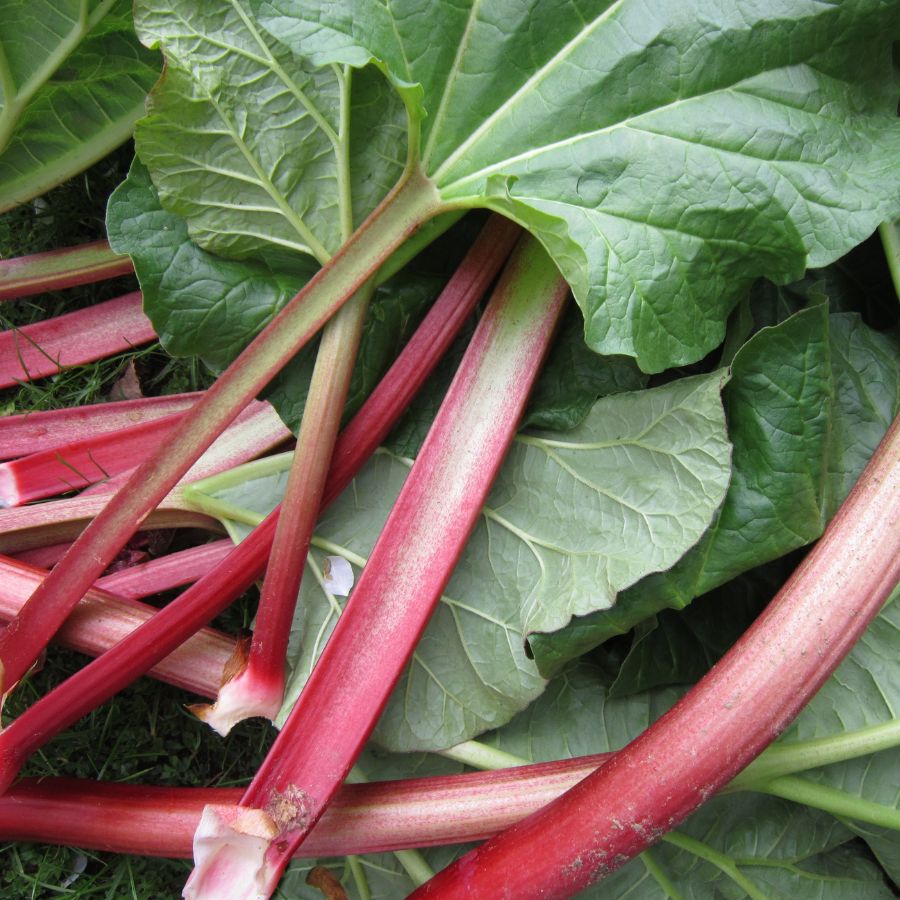
Just because a plant is edible doesn’t mean every part of it is safe. Some plants have leaves, stems, or seeds that can be toxic if eaten raw or prepared the wrong way.
For example, pokeweed is only safe when young and properly cooked, while elderberries need to be heated before eating. Rhubarb stems are fine, but the leaves are poisonous. Always look up which parts are edible and how they should be handled.
Avoid Foraging in Polluted or Contaminated Areas
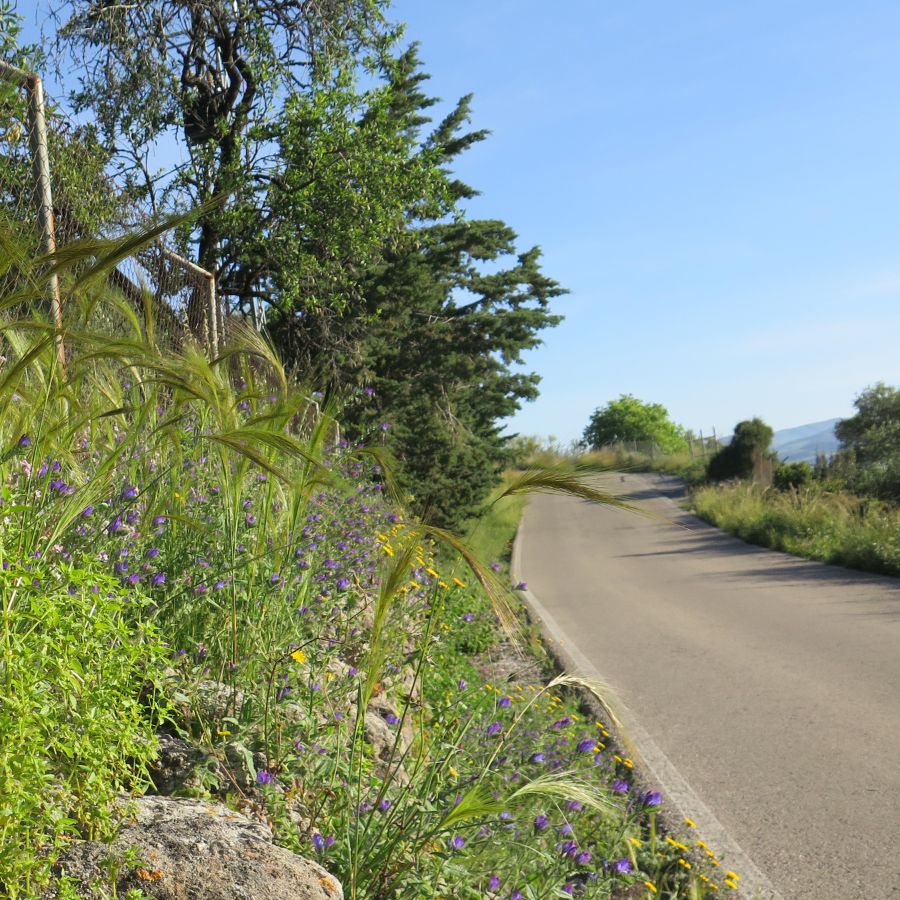
Where you forage matters just as much as what you pick. Plants growing near roads, buildings, or farmland might be coated in chemicals or growing in polluted soil.
Even safe plants can take in harmful substances from the air, water, or ground. Stick to clean, natural areas like forests, local parks that allow foraging, or your own yard when possible.
Don’t Harvest More Than What You Need
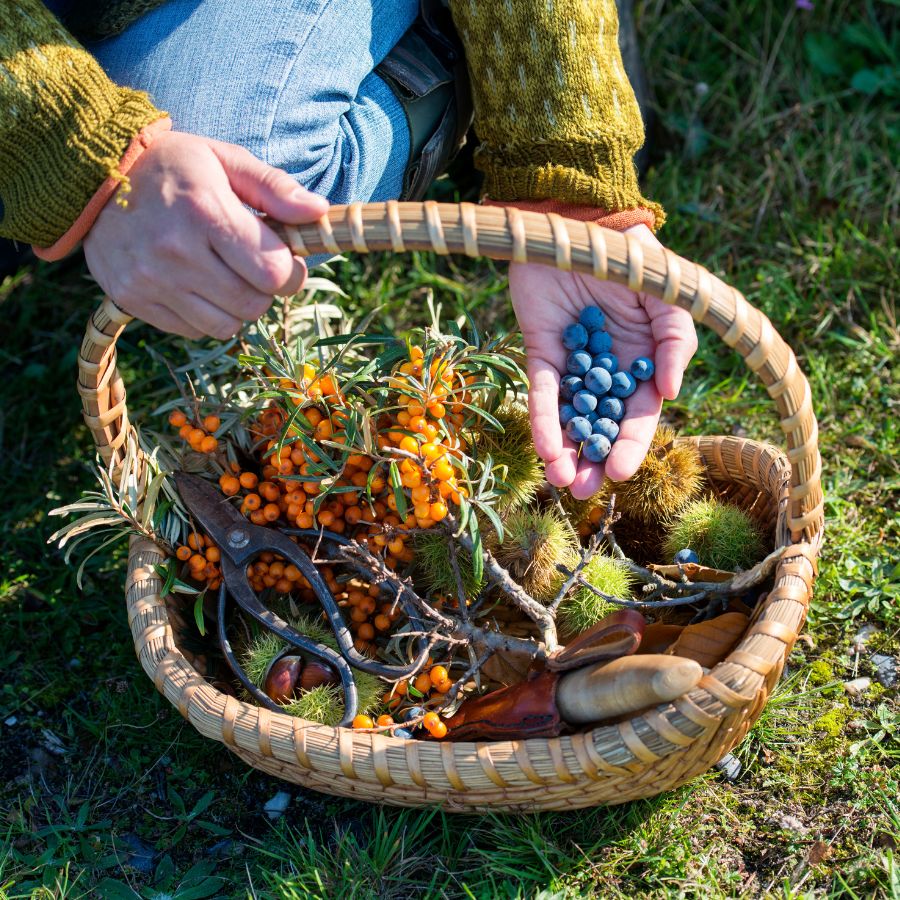
When you forage, take only what you plan to use. Overharvesting can hurt local plant populations and reduce future growth in that area.
Leaving plenty behind helps plants reproduce and supports wildlife that depends on them. It also ensures other foragers have a chance to enjoy the same resources.
Protect Yourself and Your Finds with Proper Foraging Gear

Having the right tools makes foraging easier and safer. Gloves protect your hands from irritants like stinging nettle, and a good knife or scissors lets you harvest cleanly without damaging the plant.
Use a basket or breathable bag to carry what you collect. Plastic bags hold too much moisture and can cause your greens to spoil before you get home.
This forager’s toolkit covers the essentials for any level of experience.
Watch for Allergic Reactions When Trying New Wild Foods

Even if a wild plant is safe to eat, your body might react to it in unexpected ways. It’s best to try a small amount first and wait to see how you feel.
Be extra careful with kids or anyone who has allergies. A plant that’s harmless for one person could cause a reaction in someone else.
Check Local Rules Before Foraging on Any Land
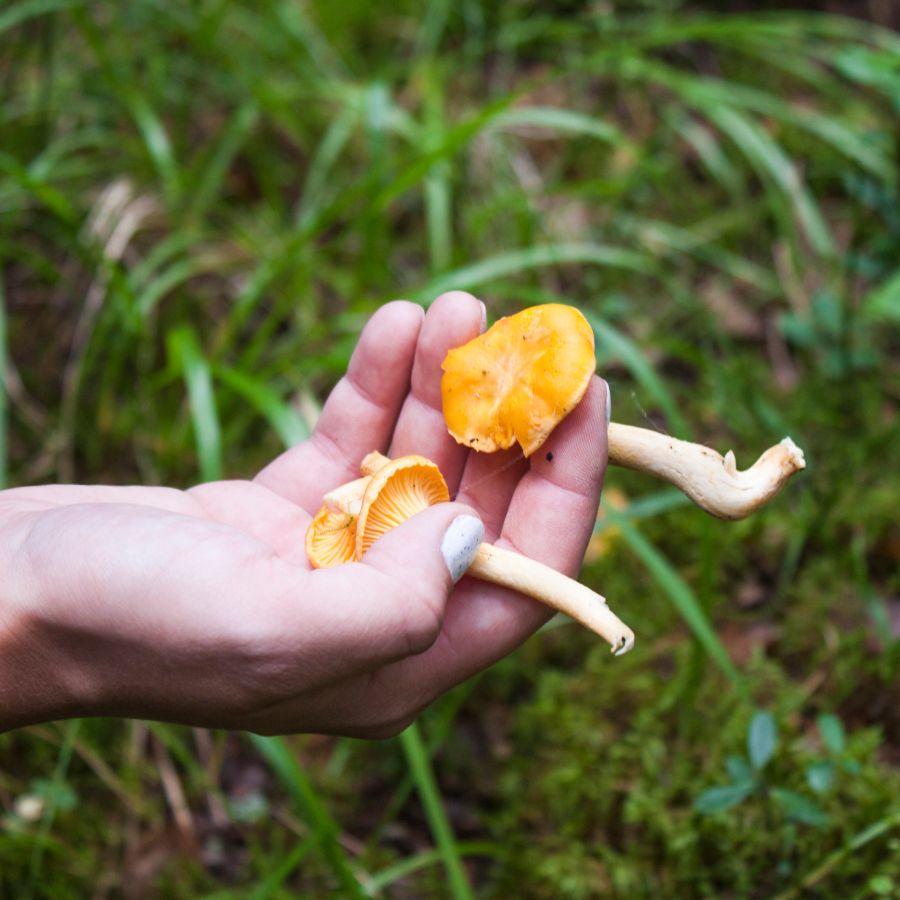
Before you start foraging, make sure you know the rules for the area you’re in. What’s allowed in one spot might be completely off-limits just a few miles away.
Some public lands permit limited foraging, while others, like national parks, usually don’t allow it at all. If you’re on private property, always get permission first.
Before you head out
Before embarking on any foraging activities, it is essential to understand and follow local laws and guidelines. Always confirm that you have permission to access any land and obtain permission from landowners if you are foraging on private property. Trespassing or foraging without permission is illegal and disrespectful.
For public lands, familiarize yourself with the foraging regulations, as some areas may restrict or prohibit the collection of mushrooms or other wild foods. These regulations and laws are frequently changing so always verify them before heading out to hunt. What we have listed below may be out of date and inaccurate as a result.
Where to Find Forageables in the State
There is a range of foraging spots where edible plants grow naturally and often in abundance:
| Plant | Locations |
| Wild Plum (Prunus americana) | – White Mountain National Forest – Pawtuckaway State Park (forest edges and meadows) – Monadnock State Park (shrub thickets) |
| Lamb’s Quarters (Chenopodium album) | – Great Bay National Wildlife Refuge (disturbed fields) – Massabesic Center Area (Manchester; waste areas) – Hampton Plains Wildlife Area (shoreline clearings) |
| Wood Sorrel (Oxalis stricta) | – Crawford Notch State Park (woodland floors) – Pisgah State Park (forest understory) – Nash Stream Forest (open woodland edges) |
| Partridgeberry (Mitchella repens) | – Green Mountain State Wildlife Area – Moose Brook State Park (acidic forest floor) – Mount Washington Auto Road vicinity |
| Plantain (Plantago major, P. lanceolata) | – Franconia Notch State Park (trailside) – Dartmouth College campus green spaces – Concord municipal parks (lawns & paths) |
| Cattail (Typha latifolia) | – Great Bay Estuary Marshes – Umbagog Lake State Park – Hampton Saltmarshes conservation area |
| Staghorn Sumac (Rhus typhina) | – Franconia Notch State Park (rocky openings) – College Woods, Hanover (roadside edges) – City Forest, Keene (old fields) |
| Pin Cherry (Prunus pensylvanica) | – White Mountain National Forest (post-burn regrowth) – Mount Sunapee State Park (clearcuts) – Jericho Mountain State Park (regenerating stands) |
| Wintergreen (Gaultheria procumbens) | – Mount Monadnock summit zone – Moose Mountains Reservation (acidic woodland) – Pawtuckaway State Park (pine forest) |
| Chives (Allium schoenoprasum) | – Isles of Shoals Marine Sanctuary (cliff tops) – Hampton Harbor marsh edges – Odiorne Point State Park (coastal grasslands) |
| Red Clover (Trifolium pratense) | – Sunapee Ridge Wildlife Area (meadows) – Dow’s Lake State Park – Hopkinton-Everett Area town meadows |
| Elderberry (Sambucus canadensis) | – Great Bay Wildlife Refuge edges – Connecticut River watershed banks – Amoskeag Fishways parklands |
| Shagbark Hickory (Carya ovata) | – Pawtuckaway State Park (old fields) – Pisgah State Park (woodland edge) – Sunapee Ridge Wildlife Area |
| Sow Thistle (Sonchus oleraceus) | – Conway Village center (roadsides) – Manchester Riverwalk (urban edges) – Laconia traffic islands |
| Dewberry (Rubus flagellaris) | – White Mountain National Forest clearings – Mount Cardigan State Forest – Pawtuckaway State Park old fields |
| Groundnut (Apios americana) | – Winnipesaukee River floodplain – Connecticut Riverlands (plain edges) – Squam Lakes Natural Science Center grounds |
| American Hazelnut (Corylus americana) | – Pawtuckaway State Park shrubby zones – Pisgah State Park edge habitats – Moose Mountains Reservation |
| Fox Grape (Vitis labrusca) | – Connecticut River shoreline – Great Bay NWR edge thickets – Lower Sugar River corridor |
| Wild Strawberry (Fragaria virginiana) | – Monadnock State Park open areas – Great Bay Trail edges – Pawtuckaway old meadows |
| Bee Balm (Monarda didyma) | – Pawtuckaway Wetland edges – Lake Massabesic shoreline – Green Mountain Conservation Area |
| Dandelion (Taraxacum officinale) | – Virtually all city lawns & roadsides (e.g., Concord) – Parking lot islands at Bear Brook State Park – Schoolyards statewide |
| Red Raspberry (Rubus idaeus) | – White Mountain National Forest forest margins – Meriden Rockingham Rail Trail edges – Pawtuckaway State Park riparian thickets |
| Spruce (Picea rubens) | – Mount Washington summit and slopes – White Mountain National Forest elevations – Dartmouth Skiway hillside forests |
| Sugar Maple (Acer saccharum) | – Franconia Notch State Park maple stands – Pawtuckaway State Park maple groves – Mount Monadnock trailsides |
| Butternut (Juglans cinerea) | – Connecticut River floodplain – Pawtuckaway State Park bottomlands – Nash Stream Forest valley stands |
| Wild Bergamot (Monarda fistulosa) | – Sunapee Ridge Wildlife Area grasslands – Concord municipal pollinator gardens – Moose Mountains open meadows |
| Highbush Cranberry (Viburnum trilobum) | – White Mountain National Forest – Pawtuckaway State Park – Moose Brook State Park |
| Jerusalem Artichoke (Helianthus tuberosus) | – Great Bay National Wildlife Refuge – Hampton-Seabrook Estuary Wildlife Refuge – Andrew J. K. Grant Wildlife Management Area |
| Wild Rose (Rosa virginiana) | – Monadnock State Park – Pisgah State Park – Great Bay Estuary shoreline areas |
| Garlic Mustard (Alliaria petiolata) | – Mascoma River Greenway (Lebanon) – Mink Brook Nature Preserve, Hanover – Northern Rail Trail, Lebanon |
| Lowbush Blueberry (Vaccinium angustifolium) | – White Mountain National Forest (low ridges) – Pawtuckaway State Park scrub areas – Pisgah State Park understory |
| Hawthorn (Crataegus crus-galli) | – Great Bay National Wildlife Refuge hedgerows – Hampton-Seabrook Estuary border – Dartmouth College Arboretum peripheral areas |
| Black Birch (Betula lenta) | – White Mountain National Forest lower slopes – Pisgah State Park mixed hardwood stands – Pawtuckaway State Park upland forests |
| Sheep Sorrel (Rumex acetosella) | – Rye Harbor State Park meadows – Hampton Beach State Park dunes – Great Bay refuge open fields |
| Teaberry (Gaultheria hispidula) | – White Mountain National Forest groundcover – Moose Brook State Park forest floor – Pisgah State Park acidic woodlands |
| Black Raspberry (Rubus occidentalis) | – Pawtuckaway State Park edges – Pisgah State Park old fields – Great Bay Refuge scrub openings |
| Tamarack (Larix laricina) | – Great Bay National Wildlife Refuge wetlands – Moose Brook State Park bog edges – White Mountain National Forest peatlands |
| Milkweed (Asclepias syriaca) | – Hampton Meadows National Wildlife Refuge – Rye Harbor State Park dunes – Pawtuckaway State Park fields |
| Beech (Fagus grandifolia) | – White Mountain National Forest hardwood stands – Pisgah State Park beech-maple forests – Monadnock State Park & surrounding forest |
| Basswood (Tilia americana) | – White Mountain National Forest mature hardwood stands – Pisgah State Park riparian forests – Dartmouth College wooded reserves |
| Chokecherry (Prunus virginiana) | – Great Bay Estuary hedgerows – Hampton-Seabrook Estuary borders – Moose Brook State Park open brush areas |
| Red Maple (Acer rubrum) | – White Mountain National Forest wetlands – Moose Brook State Park riparian zones – Pawtuckaway State Park swamp edges |
| White Pine (Pinus strobus) | – White Mountain National Forest pine stands – Pawtuckaway State Park hills – Pisgah State Park ridge lines |
| Wild Garlic (Allium vineale) | – Rye Harbor State Park dunes – Hampton Beach State Park grassy areas – Pawtuckaway State Park field edges |
| Chicory (Cichorium intybus) | – Hampton-Meadows NWR fields – Great Bay estuary roadside clearings – Mascoma River Greenway edges |
| Wild Leek / Ramp (Allium tricoccum) | – White Mountain National Forest moist woods – Moose Brook State Park rich forest floors – Pisgah State Park deep hardwood valleys |
| Curly Dock (Rumex crispus) | – Great Bay National Wildlife Refuge meadows – Hampton Harbor fields – Pawtuckaway State Park trail shoulders |
| Burdock (Arctium minus) | – Hammond Woods (Hanover area) – Mascoma River Greenway sides – Northern Rail Trail edges |
| New Jersey Tea (Ceanothus americanus) | – Pawtuckaway State Park dry ridges – Monadnock State Park open barrens – Pisgah State Park sandy uplands |
| Balsam Fir (Abies balsamea) | – White Mountain National Forest high elevations – Mount Washington Auto Road vicinity – Pisgah State Park cooler north slopes |
| Evening Primrose (Oenothera biennis) | – Rye Harbor State Park dunes – Hampton-Seabrook Estuary open areas – Mascoma River Greenway clearings |
Peak Foraging Seasons
Different edible plants grow at different times of year, depending on the season and weather. Timing your search makes all the difference.
Spring
Spring brings a fresh wave of wild edible plants as the ground thaws and new growth begins:
| Plant | Months | Best Weather Conditions |
| Sugar Maple (Acer saccharum) | March | Cold nights below freezing, warm days above 40°F |
| Red Maple (Acer rubrum) | March | Cold nights below freezing, warm days above 40°F |
| Dandelion (Taraxacum officinale) | March – May | Mild, sunny days after recent rain |
| Black Birch (Betula lenta) | March – April | Freezing nights, warm days |
| Chives (Allium schoenoprasum) | April – June | Cool, moist mornings; partial sun |
| Wood Sorrel (Oxalis stricta) | April – June | Cloudy or lightly sunny days, moist soil |
| Plantain (Plantago major, Plantago lanceolata) | April – June | Damp, overcast conditions in disturbed soil |
| Wild Leek (Allium tricoccum) | April – May | Cool, moist forest floors after rain |
| Garlic Mustard (Alliaria petiolata) | April – June | Mild temperatures, shaded disturbed soil |
| Sheep Sorrel (Rumex acetosella) | April – June | Damp meadows and open woodlands |
| Chicory (Cichorium intybus) | April – May | Sunny days with moist, disturbed ground |
| Curly Dock (Rumex crispus) | April – May | Partly cloudy, damp soil after rainfall |
| Wild Garlic (Allium vineale) | April – May | Cool mornings, soft ground in disturbed fields |
| Burdock (Arctium minus) | April – May | Cloudy days, moist soil in waste areas |
| Bee Balm (Monarda didyma) | April – May | Warm, partly cloudy days with good soil moisture |
| Basswood (Tilia americana) | May | Warm, breezy days after light rain |
| Lamb’s Quarters (Chenopodium album) | May – June | Warm days following light rain |
| Wild Strawberry (Fragaria virginiana) | May – June | Sunny mornings with moderate soil moisture |
| Groundnut (Apios americana) | May – June | Warm weather with recent rain, near streams |
| Red Clover (Trifolium pratense) | May – June | Sunny days with occasional light showers |
Summer
Summer is a peak season for foraging, with fruits, flowers, and greens growing in full force:
| Plant | Months | Best Weather Conditions |
| Hawthorn (Crataegus crus-galli) | May – June | Warm, dry days with moderate sun |
| Basswood (Tilia americana) | June | Mild sunny days with light humidity |
| Dewberry (Rubus flagellaris) | June – July | Humid, partly sunny weather |
| Black Raspberry (Rubus occidentalis) | June – July | Warm mornings, well-drained soil |
| Red Raspberry (Rubus idaeus) | June – August | Clear mornings with moist soil |
| Milkweed (Asclepias syriaca) | June – August | Warm, sunny days in open meadows |
| New Jersey Tea (Ceanothus americanus) | June – August | Dry weather, sandy uplands |
| Wild Rose (Rosa virginiana) | June – August | Warm, calm days with good airflow |
| Chicory (Cichorium intybus) | June – August | Sunny, dry areas with open fields |
| Lowbush Blueberry (Vaccinium angustifolium) | July – August | Hot, sunny days in dry uplands |
| Elderberry (Sambucus canadensis) | July – August | Warm, sunny days after rainfall |
| Wild Plum (Prunus americana) | July – August | Hot, dry days after early summer rains |
| Staghorn Sumac (Rhus typhina) | July – August | Hot and dry conditions, low humidity |
| Wild Bergamot (Monarda fistulosa) | July – August | Hot, sunny afternoons; well-drained soil |
| Bee Balm (Monarda didyma) | July – August | Sunny, warm days with good airflow |
| Plantain (Plantago major, Plantago lanceolata) | July – August | Dry afternoons in open, disturbed areas |
| Lamb’s Quarters (Chenopodium album) | July – August | Hot, dry conditions |
| Chokecherry (Prunus virginiana) | July – August | Hot afternoons, dry forest edges |
| Evening Primrose (Oenothera biennis) | July – August | Full sun, dry ground conditions |
| Fox Grape (Vitis labrusca) | August | Sunny, humid days; best after rainfall |
| American Hazelnut (Corylus americana) | August | Warm, dry days with mature husks |
| Jerusalem Artichoke (Helianthus tuberosus) | August | Hot weather, moist soil near thickets |
Fall
As temperatures drop, many edible plants shift underground or produce their last harvests:
| Plant | Months | Best Weather Conditions |
| Chokecherry (Prunus virginiana) | September | Cool days in open woodlands |
| Shagbark Hickory (Carya ovata) | September – October | Cool, dry days with little wind |
| Butternut (Juglans cinerea) | September – October | Crisp mornings, minimal rain |
| Highbush Cranberry (Viburnum trilobum) | September – October | Cool, crisp days; berries soften after frost |
| Beech (Fagus grandifolia) | September – October | Dry weather, no wind; mature mast drop |
| Curly Dock (Rumex crispus) | September – October | Dry air, low wind in weedy fields |
| Hawthorn (Crataegus crus-galli) | September – October | Sunny days following cold nights |
| Partridgeberry (Mitchella repens) | September – November | Damp, shaded areas in cool weather |
| Spruce (Picea rubens) | September – November | Cool days with low humidity |
| Groundnut (Apios americana) | September – November | Moist soil after rain, near waterways |
| Cattail (Typha latifolia) | September – November | Low water levels, soft ground after rain |
| White Pine (Pinus strobus) | September – November | Cold, dry conditions in pine forests |
| Black Birch (Betula lenta) | October | Crisp mornings with dry conditions |
| Jerusalem Artichoke (Helianthus tuberosus) | October – November | Moist soil after frost; diggable ground |
| Wintergreen (Gaultheria procumbens) | October – November | Chilly mornings, shaded woodlands |
| Balsam Fir (Abies balsamea) | October – November | Cool, dry days with minimal wind |
Winter
Winter foraging is limited but still possible, with hardy plants and preserved growth holding on through the cold:
| Plant | Months | Best Weather Conditions |
| Wintergreen (Gaultheria procumbens) | December – February | Cold, snow-free days in evergreen understory |
| Partridgeberry (Mitchella repens) | December – February | Mild, snow-covered forest floors |
| Spruce (Picea rubens) | December – February | Clear, cold days without snowpack |
| Cattail (Typha latifolia) | December – February | Frozen or shallow wetland edges, best during thaw |
| Teaberry (Gaultheria hispidula) | December – February | Cold, snow-free understory of conifer forests |
| Balsam Fir (Abies balsamea) | December – February | Clear, frozen days; gather from wind-felled limbs |
| Sugar Maple (Acer saccharum) | January – February | Cold days during deep winter |
| White Pine (Pinus strobus) | January – February | Cold, dry days; best in snow-free periods |
| Red Maple (Acer rubrum) | January – February | Cold, stable days in hardwood forests |
One Final Disclaimer
The information provided in this article is for general informational and educational purposes only. Foraging for wild plants and mushrooms involves inherent risks. Some wild plants and mushrooms are toxic and can be easily mistaken for edible varieties.
Before ingesting anything, it should be identified with 100% certainty as edible by someone qualified and experienced in mushroom and plant identification, such as a professional mycologist or an expert forager. Misidentification can lead to serious illness or death.
All mushrooms and plants have the potential to cause severe adverse reactions in certain individuals, even death. If you are consuming foraged items, it is crucial to cook them thoroughly and properly and only eat a small portion to test for personal tolerance. Some people may have allergies or sensitivities to specific mushrooms and plants, even if they are considered safe for others.
Foraged items should always be fully cooked with proper instructions to ensure they are safe to eat. Many wild mushrooms and plants contain toxins and compounds that can be harmful if ingested.

